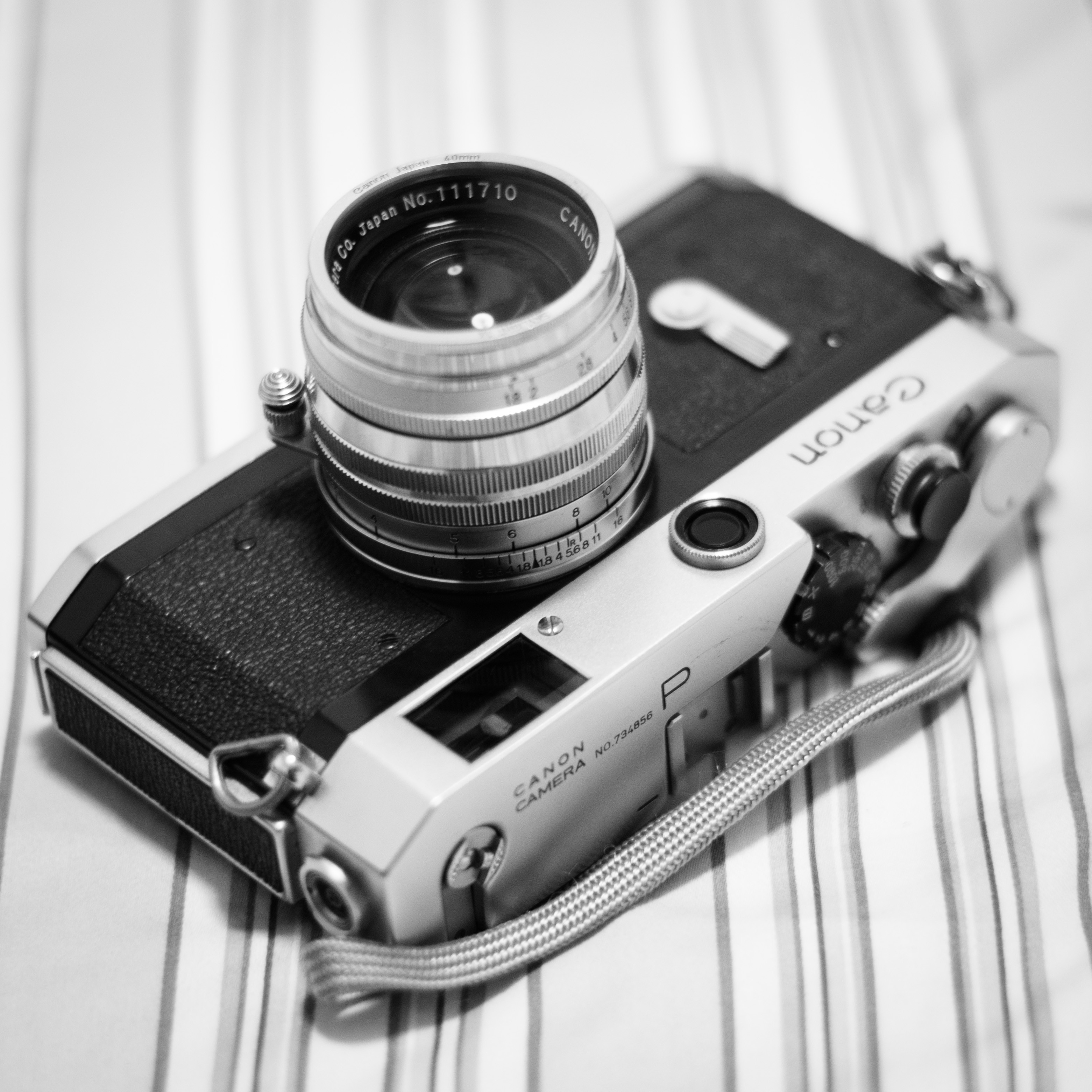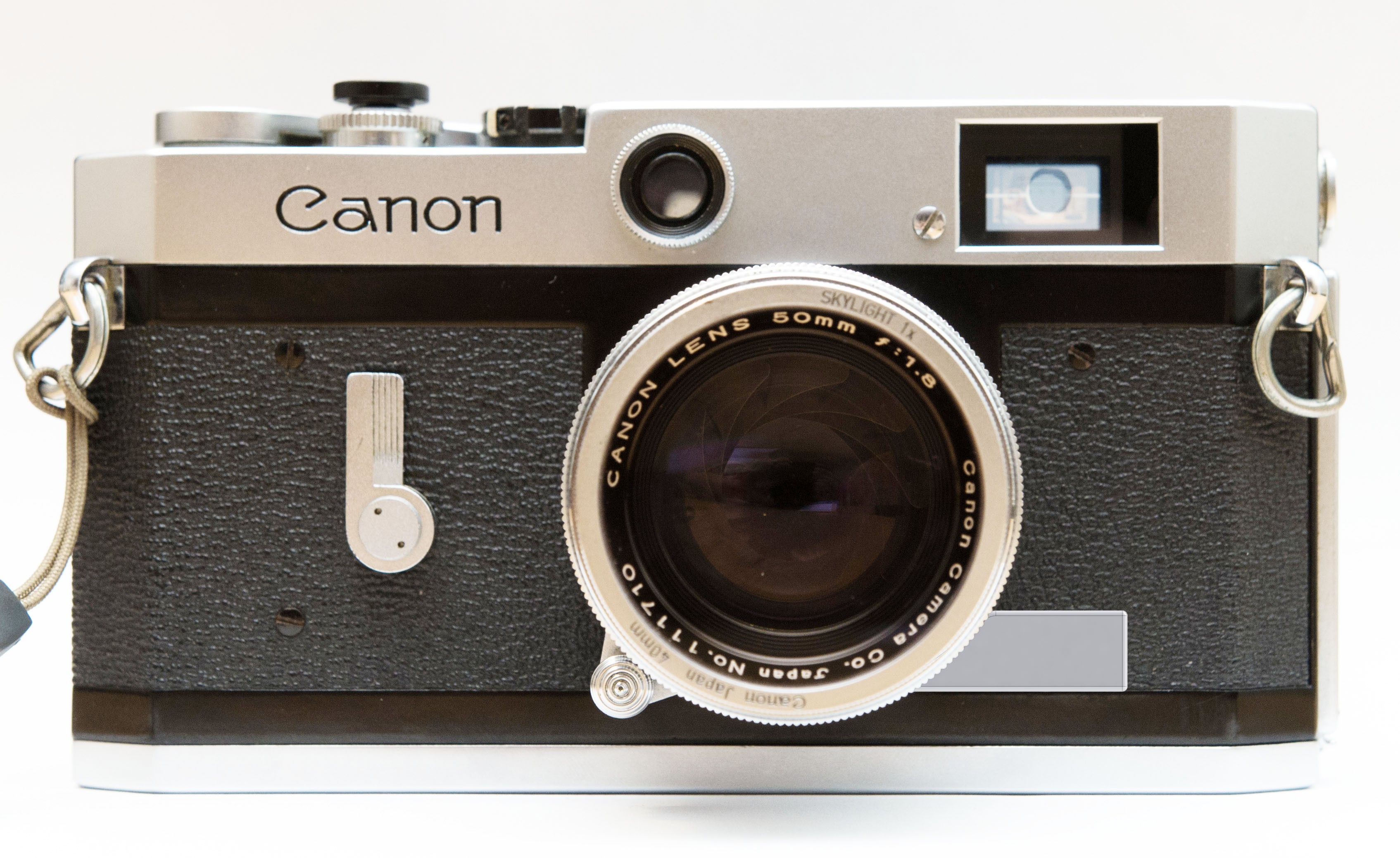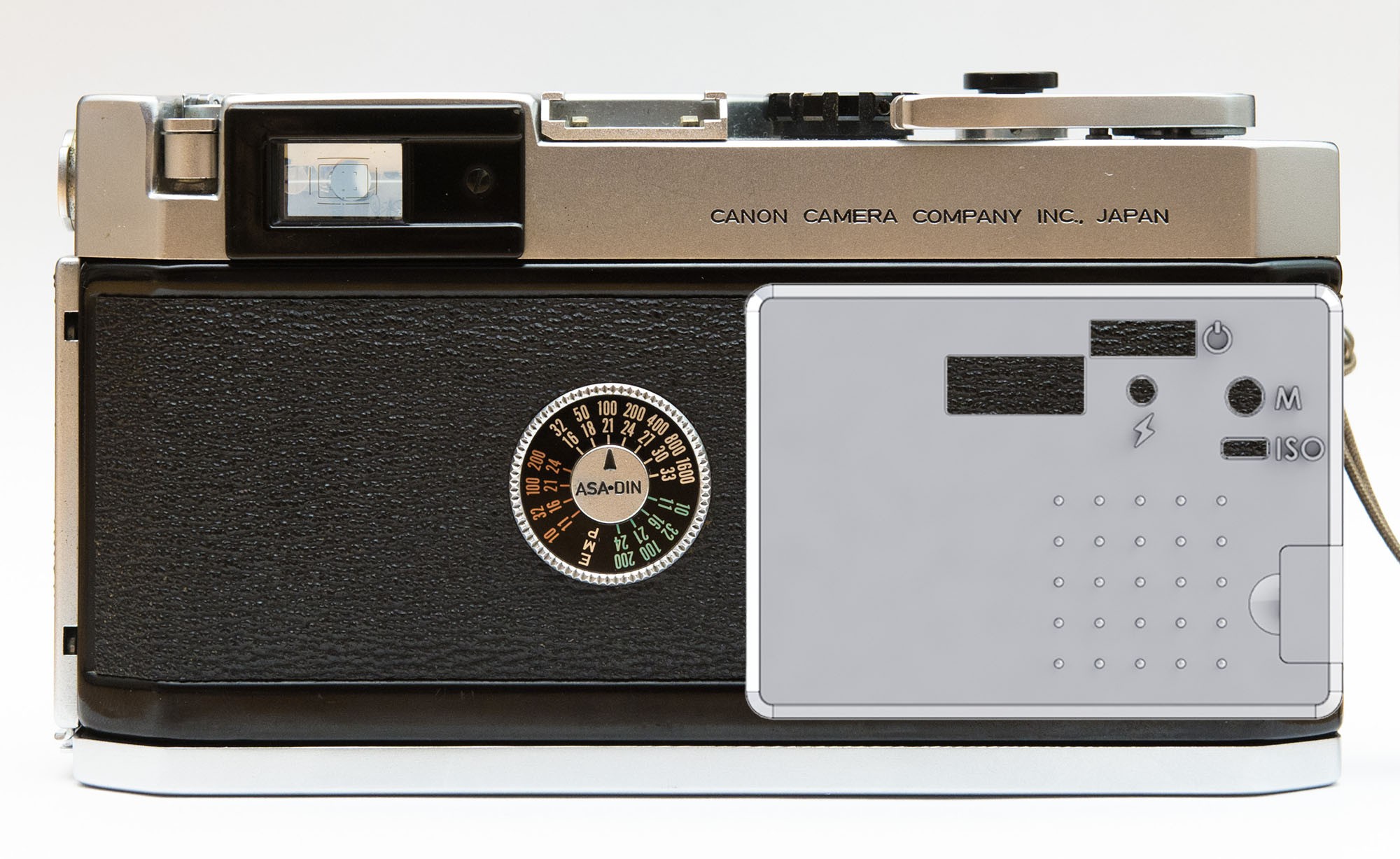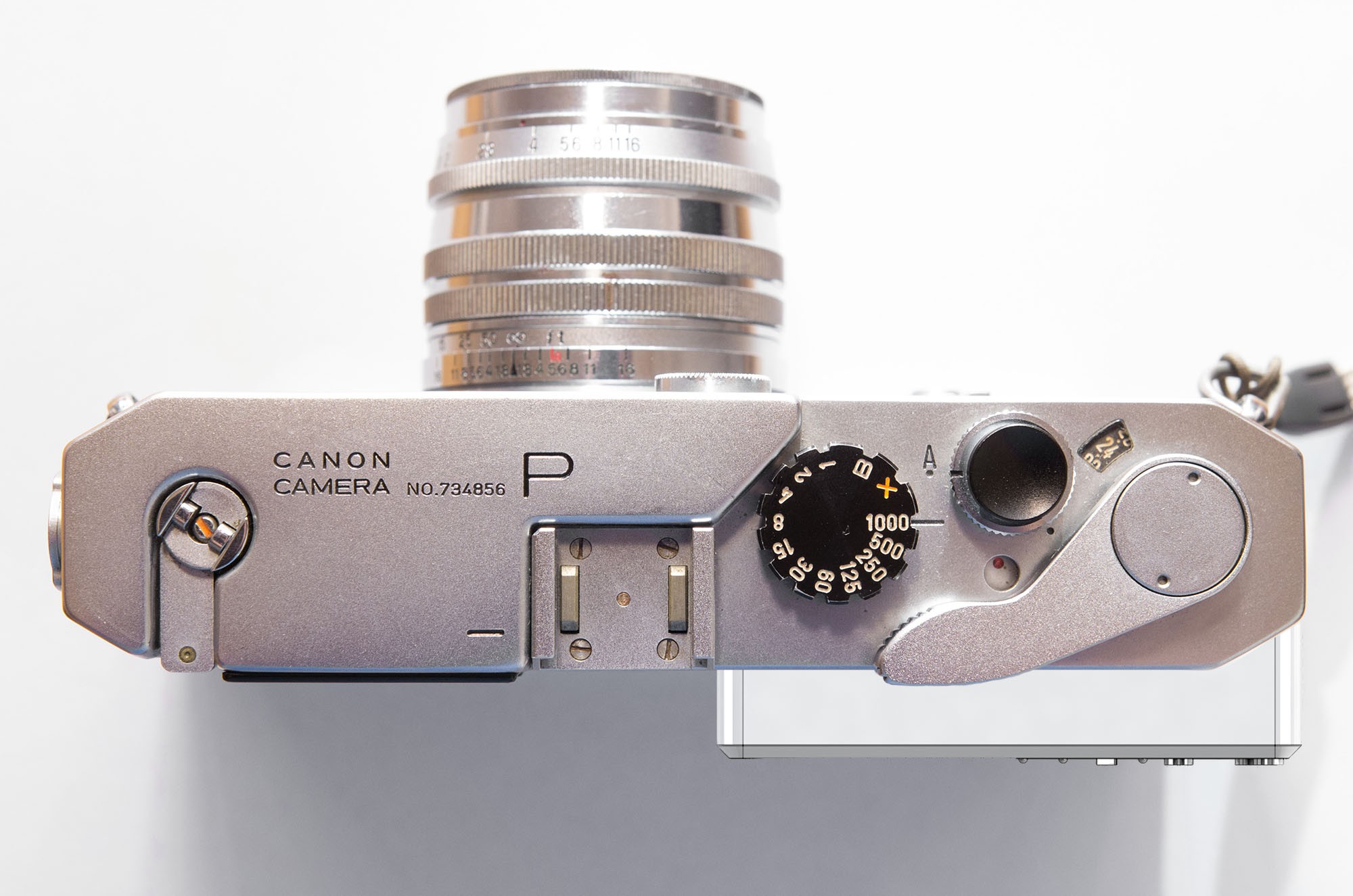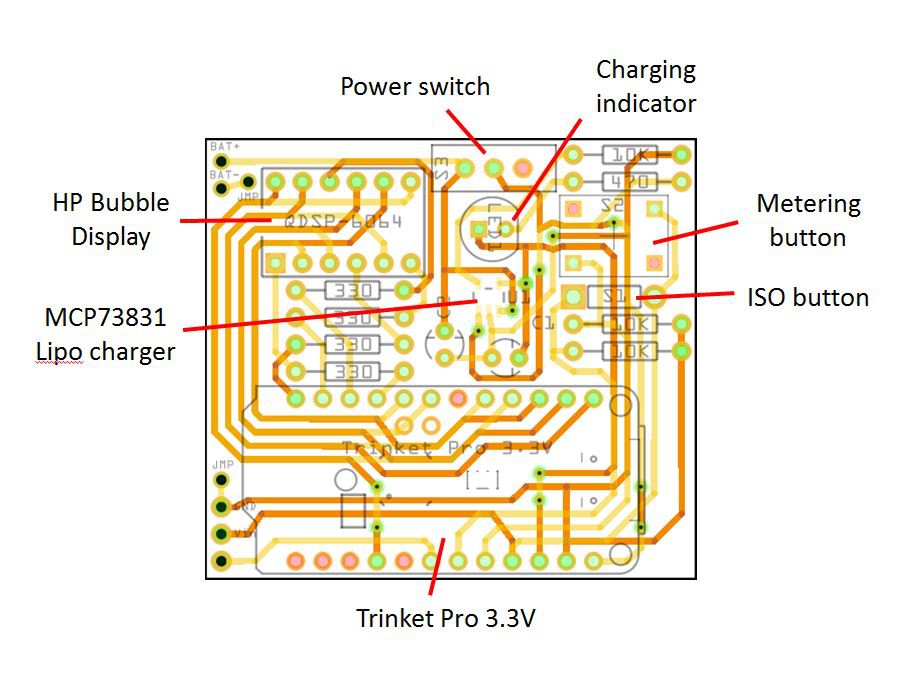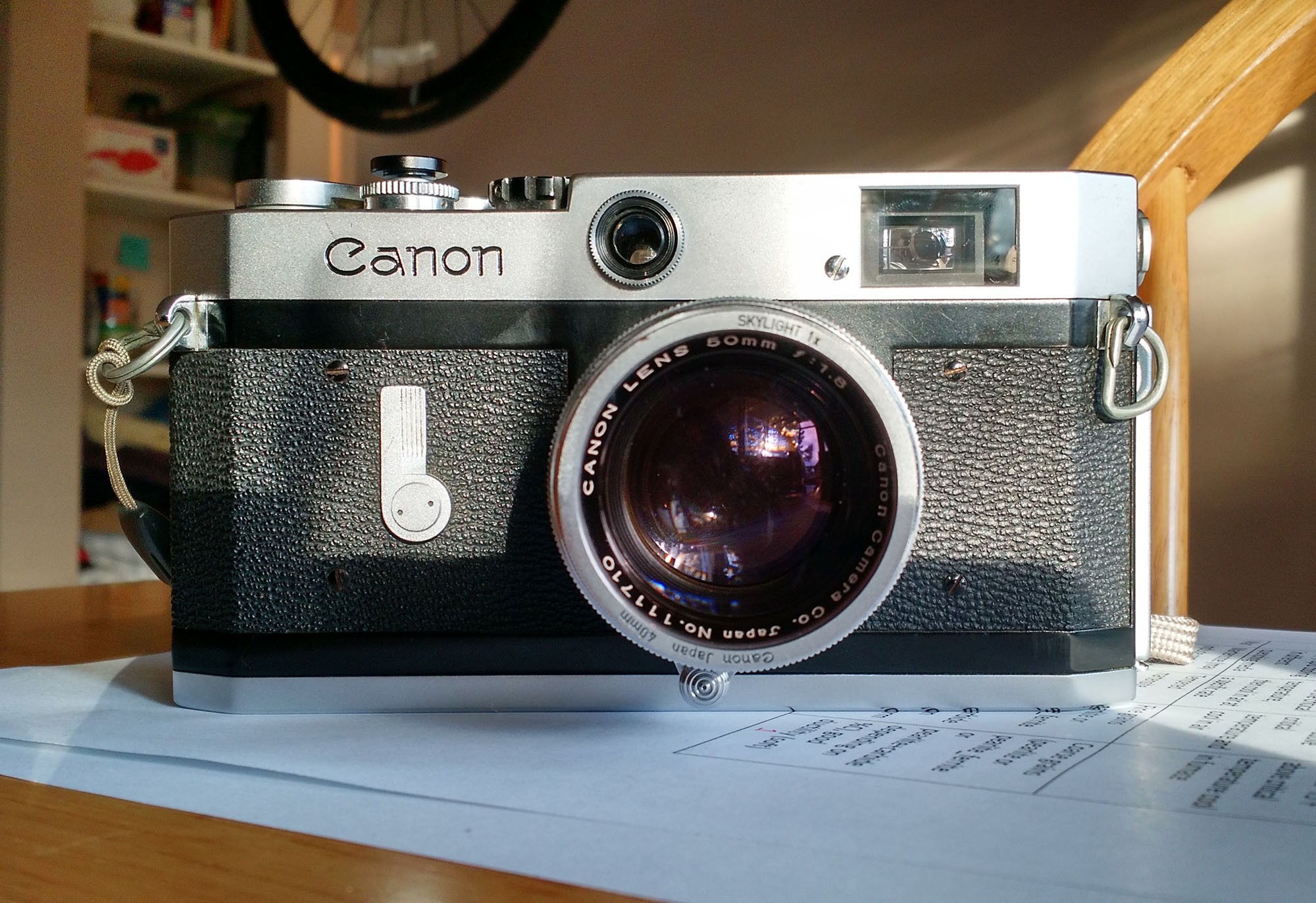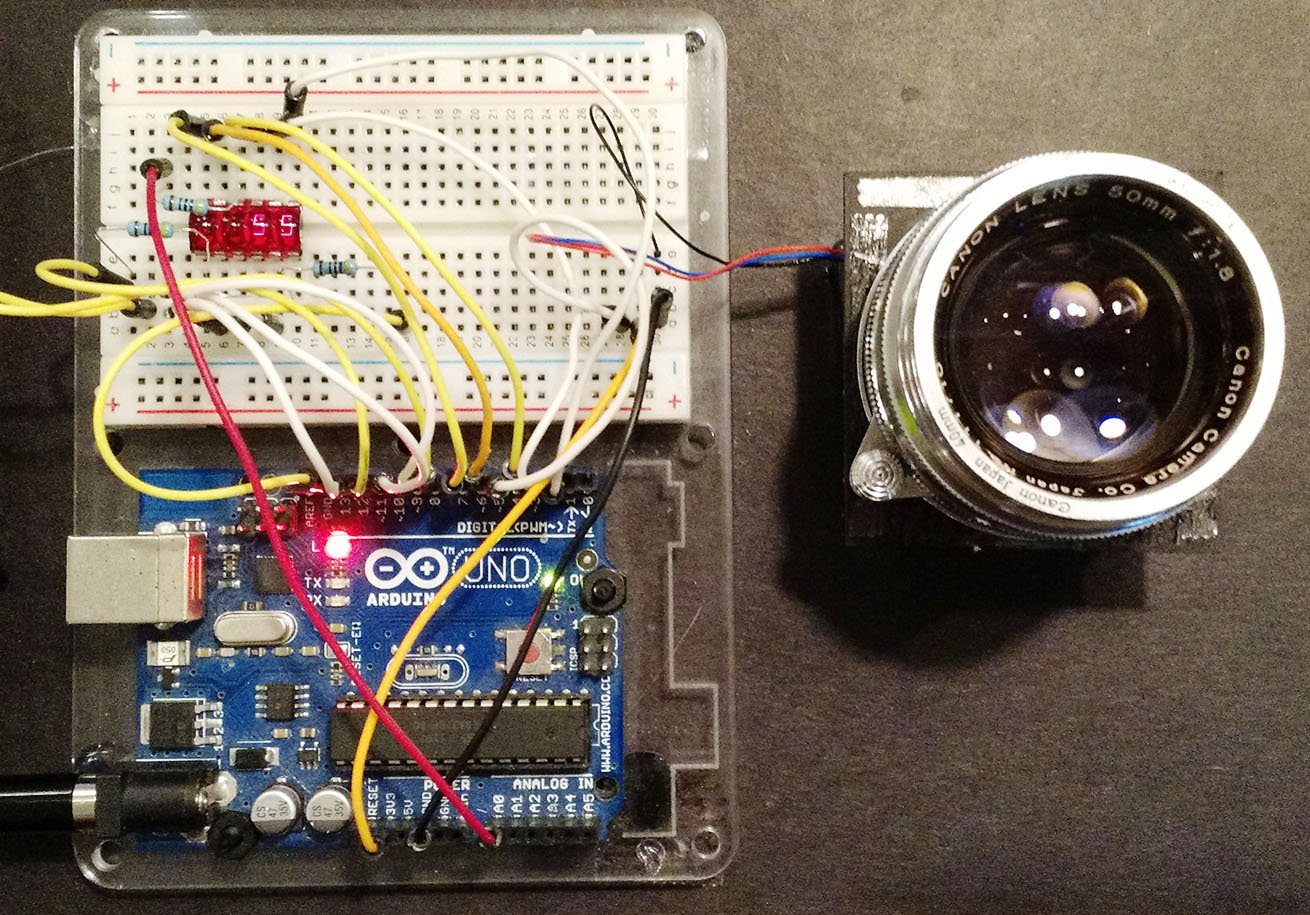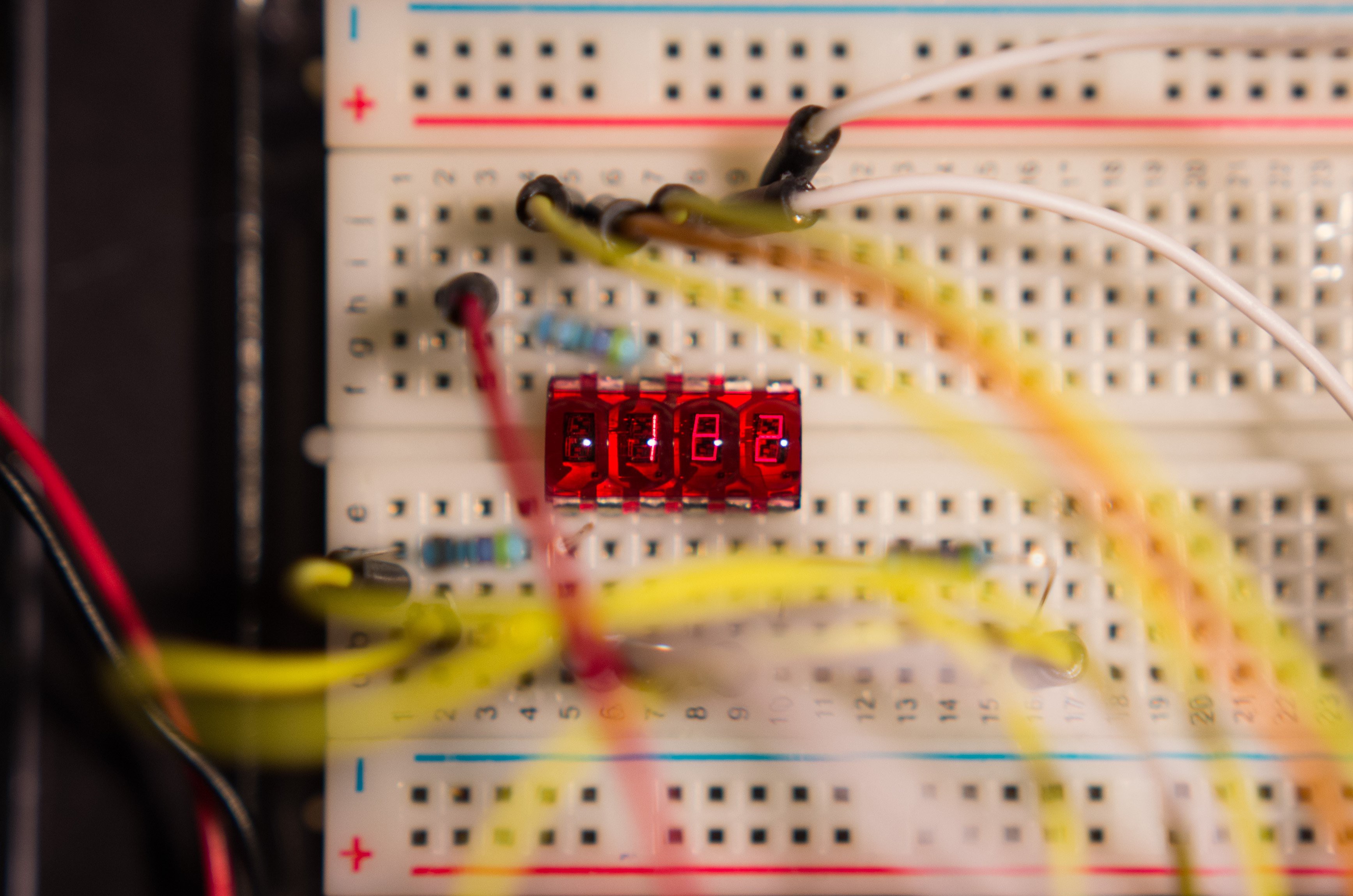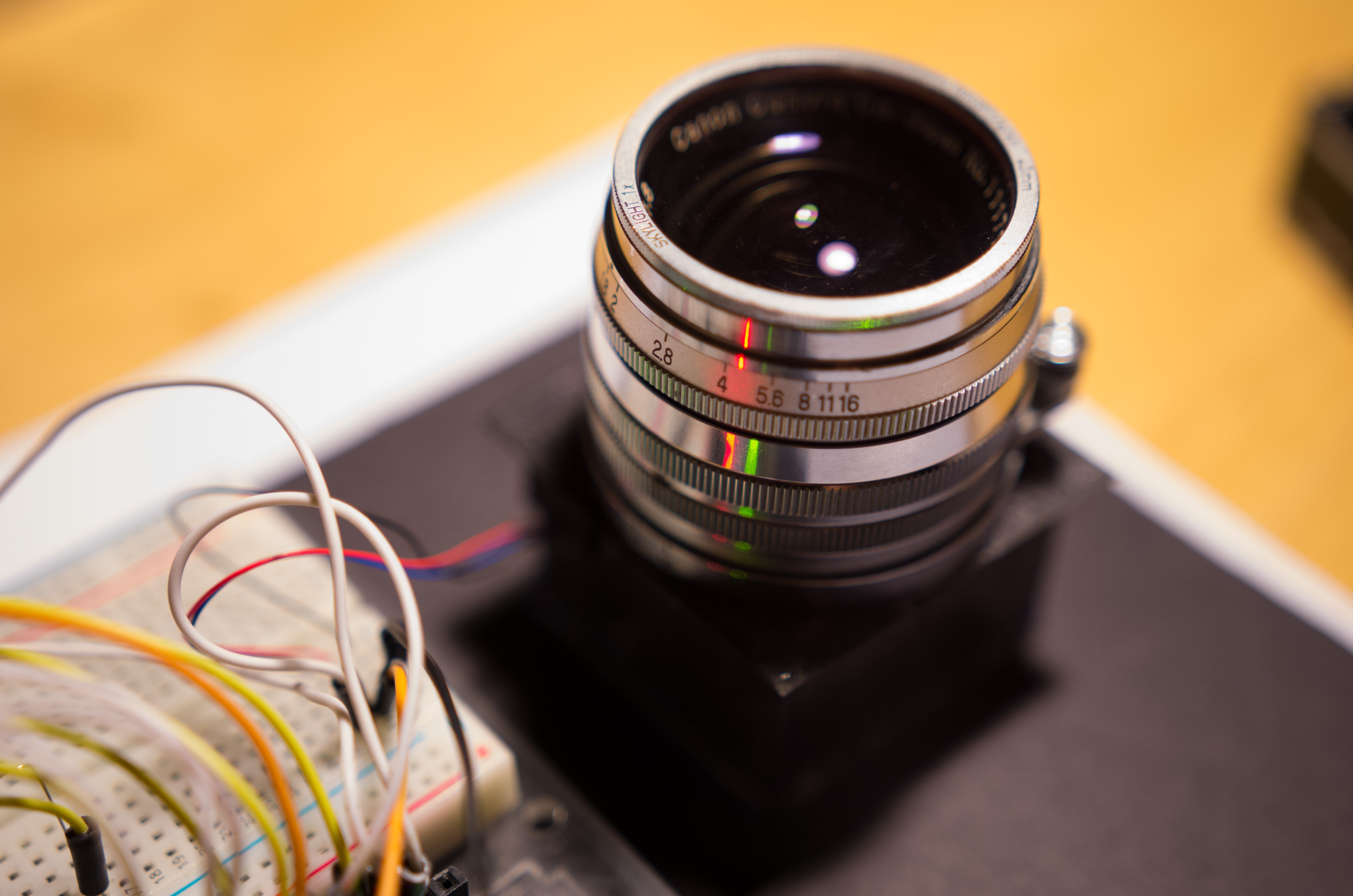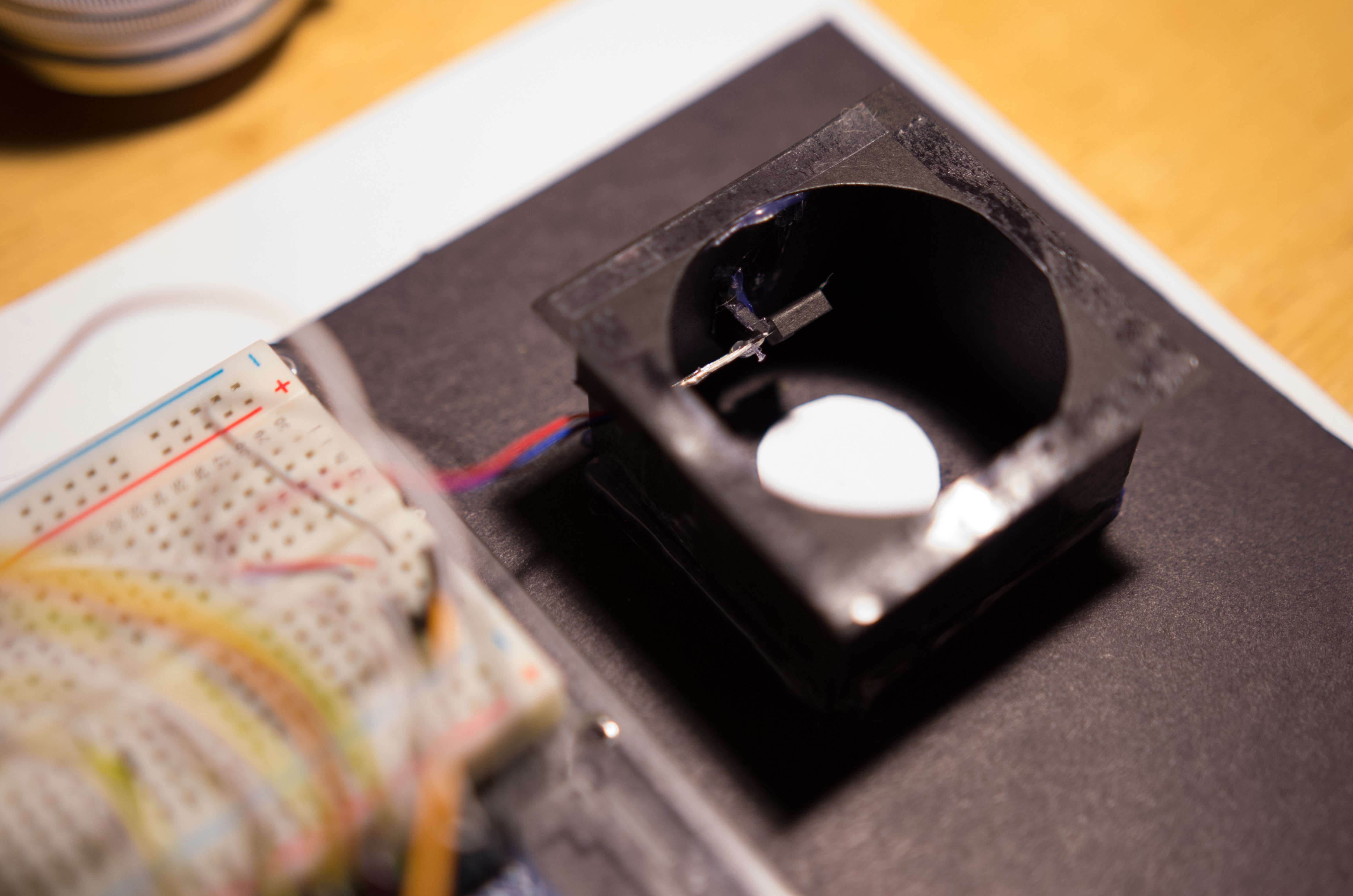-
VI. Complete!
04/05/2015 at 04:41 • 0 commentsWell, it's done! Just glued on the two last 3D printed pieces (the cover for the JST connector, and the console), and calibrated the light meter to match the exposures from my K5 (everything matches to within 1/2 - 1 stop). Calculating an exposure takes about 2 seconds, and so far the accuracy looks pretty good.
![]()
The JST connector unplugs to open the film door. Wish I could have found some black JST cords though :(
![]()
The console. The red button is the metering button, and there's a recessed button for changing the film speed. The red light lights up when a USB cord is plugged in and charging the battery.
![]()
Couldn't take a nice photo with flash, since it overpowers the bubble display. I'm not sure how readable it'll be in direct sunlight, though it's reasonably recessed in the console so it shouldn't be too much of an issue.
Yeah, I know the exposed wires don't look very good! It would have been better if they were black, at least. I may cover them up with shrink tubing later, or at least with black tape. If I had used SMD instead of thru-hole components, the console could have been made smaller, as well. But I worked with what I had and I'm more than happy about what I've made so far. Looking forward to finishing off the roll I have in it now - I'll post back with some exposures from the camera, and also a video of the meter in action.
-
V. Now for the scary bit...
04/03/2015 at 04:36 • 0 commentsThe title says it all. Time to hack up our pretty camera, and stuff the good bits in. We want the TSL235R to fit comfortably inside the exposure chamber, and route some wires through the body of the camera to connect to the console.
We begin by unscrewing the self-timer lever using a spanner wrench, and pulling the lever off.
![]()
The three underlying screws in the self-timer assembly are then removed.
![]()
The mount is then removed. There is a brass shim, and a thinner silver shim beneath it to achieve the correct focus. Don't want to lose those!
![]()
From there, six more screws are removed to free the "shell" of the camera.
![]()
After the shell is pulled free, the two halves look like this! Luckily we'll be carving up the top half only, which doesn't have any delicate optics or machinery.
![]()
In the bottom of the exposure chamber, a small 1/16" hole is drilled to pass the wires of the TSL235R.
![]()
One more hole is drilled next to the lens mount, to allow the wires to exit the camera.
![]()
The TSL235R and its 3D printed mount are installed in the camera with a dab of white glue, and the wires are routed out of the camera.
![]()
Have to be sure to keep the wires secure and tidy, so they don't accidentally come loose and get eaten by the shutter cocking mechanism. Just used a bunch of white glue, and a bit of Sugru to make sure light can't enter the camera.
![]()
Here it is! The TSL235R light sensor pointed squarely at the center of the frame. I forgot to take a picture of the shutter curtain, which has a big white dot painted in its center, to reflect light back at the sensor.
![]()
The previous steps are reversed, and here's the camera all put back together. No pieces or screws left over, thankfully :) The ends of the wires to the TSL235R are terminated by a 1.25mm pitch 3-pin JST connector (female), which the console plugs into.
![]()
After programming the Trinket, we get our first shutter speed calculation! Too bad it's not correct, yet. Still need to calibrate things to make sure it's actually spitting out the right information.
![]()
The next tasks will be to mount the console and the female JST connector in their respective 3D-printed coverings, and finally calibrate the light meter. More later!
-
IV. Progress!
03/28/2015 at 06:34 • 0 commentsFinally made some headway on making this project a physical reality. All of the required parts have come in, and I'm back from Hawaii to visit my family. Here we go!
Here are all the electronic parts:
- Custom PCB from Fritzing
- Trinket Pro 3V
- QDSP-6064 HP bubble display
- SPDT power switch
- 3.7V 110mAh lithium polymer battery
- TSL235R light-to-frequency meter
- 6x6x9mm tactile switch
- Mini tactile switch
- MCP73831 lithium polymer charge controller
- 3mm red LED
- 3-pin 1.25mm JST connector
- Tantalum capacitors (4.7pF)
- Resistors (330R, 470R, 10K)
![]()
3D printed parts! Polished polyamide from Shapeways.
- Top left: Mount for TSL235R (inside exposure chamber)
- Lower left: JST connector cover
- Center: Console
- Right: Console USB port cover
![]()
The console houses almost everything excluding the light sensor itself.
![]()
You can plug in to charge or reprogram via micro-USB. The USB port has a little cover held in by friction.
![]()
![]()
Closeup of the light sensor mount and the connector cover.
![]()
The PCB all populated with electronics. The male JST connector will hook up to the female counterpart which connects to the light sensor.
![]()
All painted up and with the electronics in it.
![]()
![]()
Some lettering, for fun.
![]() Things are coming along smoothly! Hope to update again tomorrow.
Things are coming along smoothly! Hope to update again tomorrow. -
III. Waiting
03/15/2015 at 00:10 • 0 commentsJust a quick update on progress with this project. All of the parts, including the 3D printed pieces (Shapeways) and PCB (Fritzing) have been ordered. I'm going on vacation until the 26th, so I probably won't be able to update until then.
Edit (March 24 2015):
I've shot through another two rolls with the Canon P, and I'm still loving it. I'm still adjusting to focusing by rangefinder (coming from many SLR/TLR's) but it's a fun process. I can only imagine it'll get better with a TTL meter in it!
I return to Seattle in another two days, and the Fritzing/Shapeways parts should have arrived by then. By no means am I looking forward to going back to Washington from Hawaii, but the prospect of a project ready and waiting for me at home softens the blow a bit!
![]()
-
II. Preparation
03/08/2015 at 06:50 • 0 commentsAlmost ready to send the STL files out for 3D printing! Will have these done in Polyamide at Shapeways. There are three 3D-printed parts:
- Mount for TSL235R in exposure chamber [not shown]
- Connector housing for JST connector (between TSL235R in camera and the console) [Photo 1]
- Console [Photos 2 and 3]
![]()
![]()
![]()
This guy has already been sent to Fritzing Fab! It will be housing the bubble display, Trinket Pro 3.3V, a charger for the lithium polymer battery (110mAh), and buttons to change the ISO value and trigger a light measurement.
-
I. Introduction
03/07/2015 at 20:32 • 2 commentsI've never met an old camera that I didn't like. Most were built without planned obsolescence in mind, are great values for the money, and produce beautiful photos without much coaxing. However, many tend to lack the creature comforts of more modern cameras - one of those being the exposure meter. Sure, you can carry around a light meter - but there's some convenience and elegance in having one built in to the camera.
I purchased a Canon P rangefinder (circa 1960) with the intention of making it my "everyday carry" camera. Since it lacks a meter, I ended up having to tote around my TSL2561 light meter along with it, which is not a difficult task - but at times I would end up forgetting it at home. There's also the problem of having to put down the camera, pick up the meter, take a reading, adjust exposure settings, etc - it's not the smoothest process. Then I got to thinking, how great would it be if there were a meter built in to the camera?
![]()
Fast forward one or two decades from the era of the Canon P - mid 1970's and 80's - and TTL (through-the-lens) exposure metering becomes a commonplace feature in professional SLR cameras (think Olympus OM-2, Pentax LX, Nikon F(3?), Canon F-1, and the Leica M6 [not an SLR]). In these systems, the light entering the camera through the lens is reflected off of the shutter curtain, or off of the film itself, and the reflected light is measured by a silicon photodiode. In many of these systems, the exposure could be calculated on "on the fly" to account for changing light conditions - something we don't even see in modern DSLRs! No doubt there are many lessons to be learned from the cameras of yesteryear.
The TTL meter to be implemented in the Canon P will be nowhere as complex. The goal is to place a TSL235R light-to-frequency converter in the exposure chamber, which will measure the light reflected off of the shutter curtain. An Arduino-powered console will take the frequency reading from the TSL235R and convert it to illuminance, which is used to compute the required exposure time. The exposure time is then displayed on an HP QDSP-6064 bubble display.
![]()
So far, I've made a testbed to check that the TSL235R has sufficient range to measure most exposure conditions. I originally thought that it might not have enough range on the bright end, but a quick test out in the sun proved otherwise. Looking forward to progressing with this project!
![]()
![]()
![]()
TTL exposure meter for the Canon P rangefinder
Developing a TTL-off-the-frame exposure meter based on the TSL235R for the Canon P rangefinder.
 Kevin Kadooka
Kevin Kadooka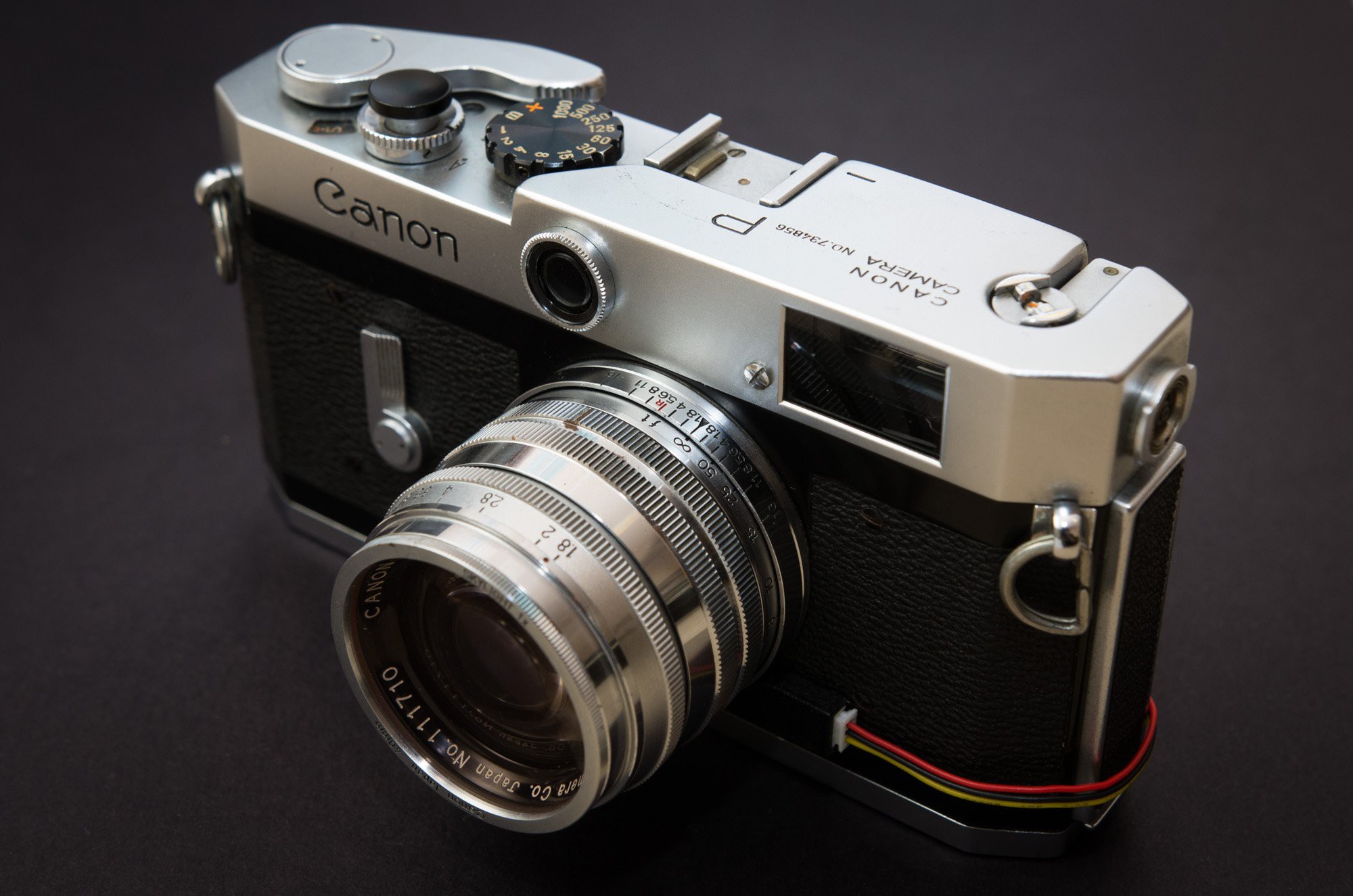
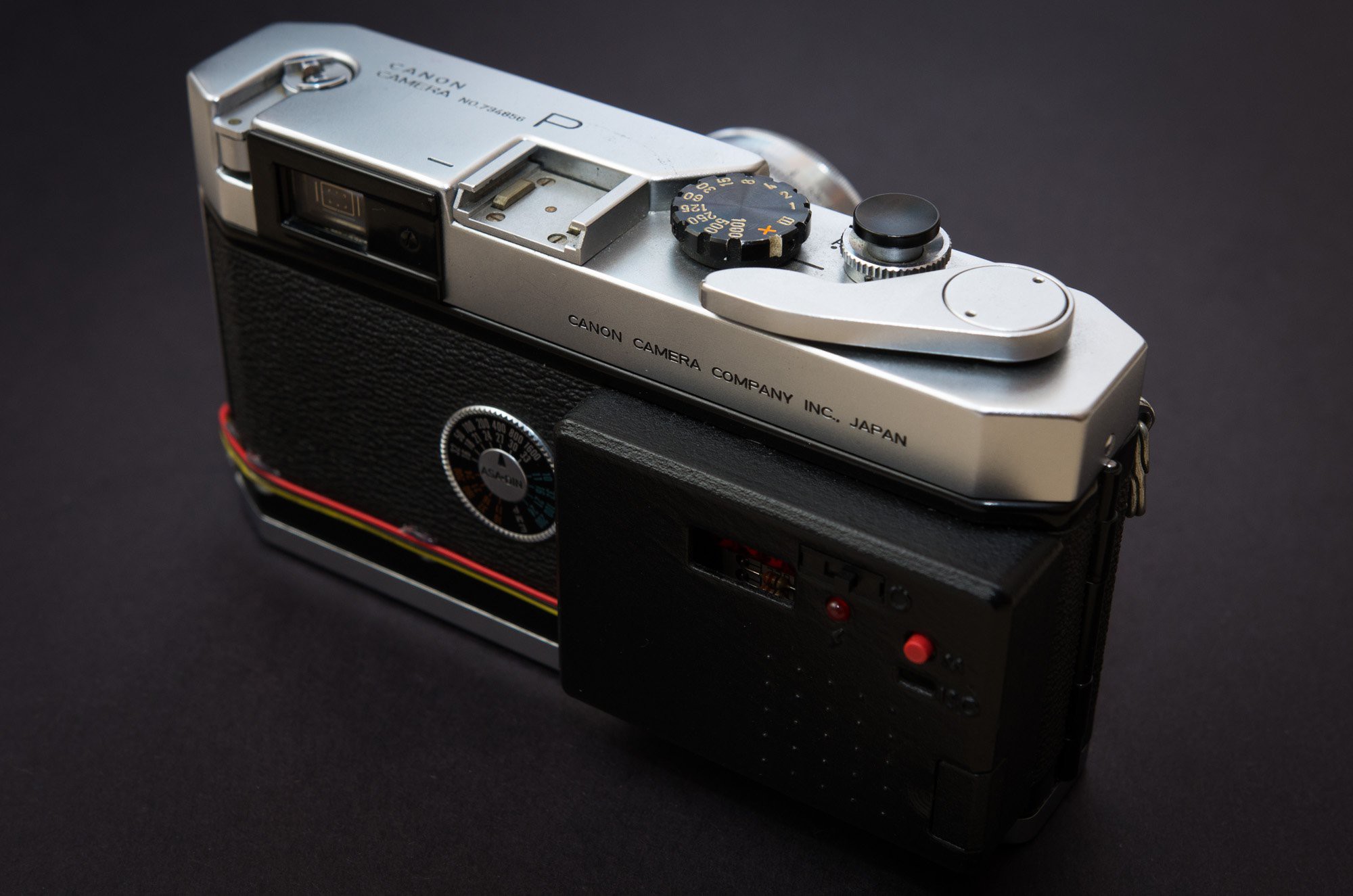
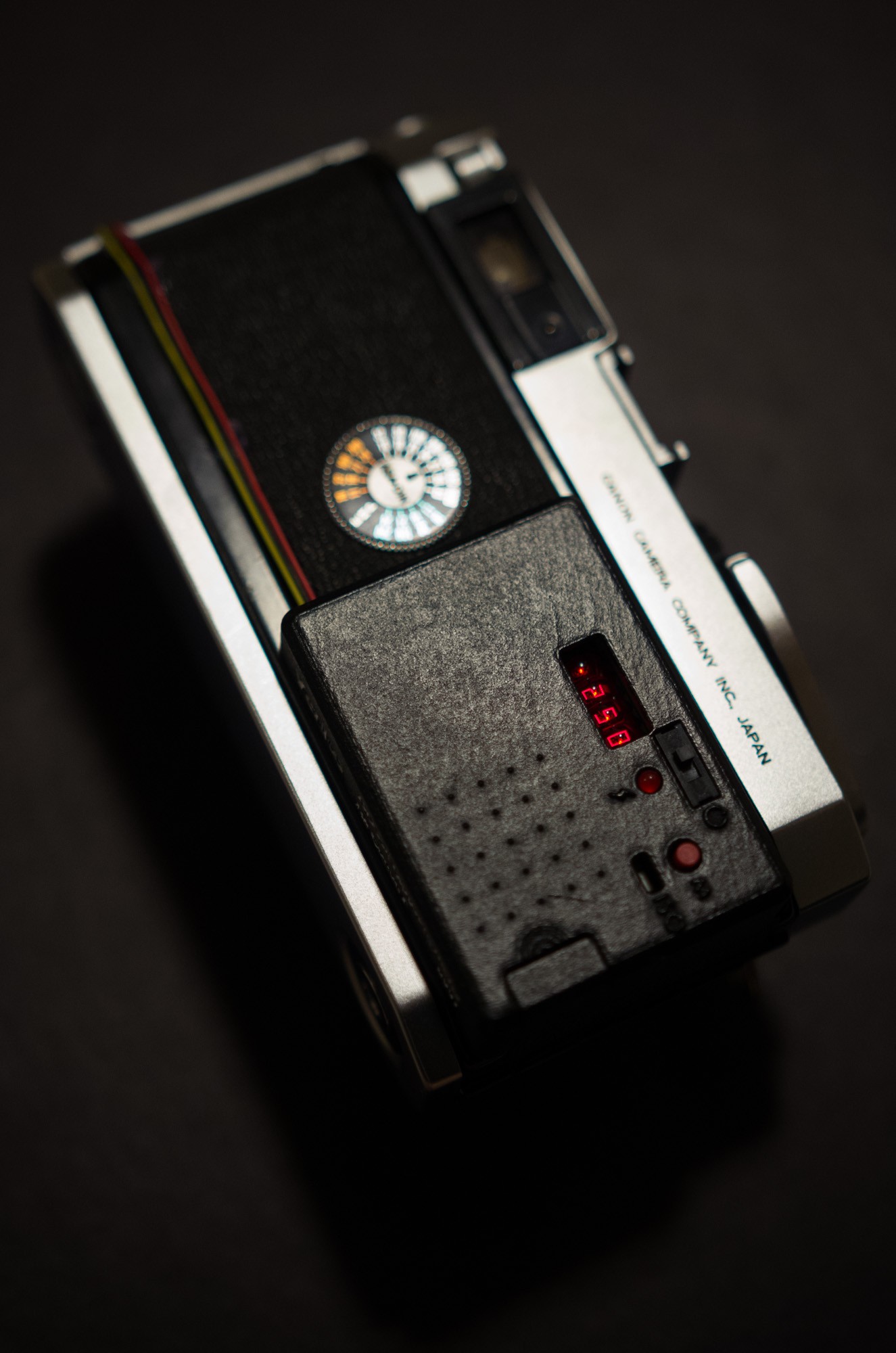
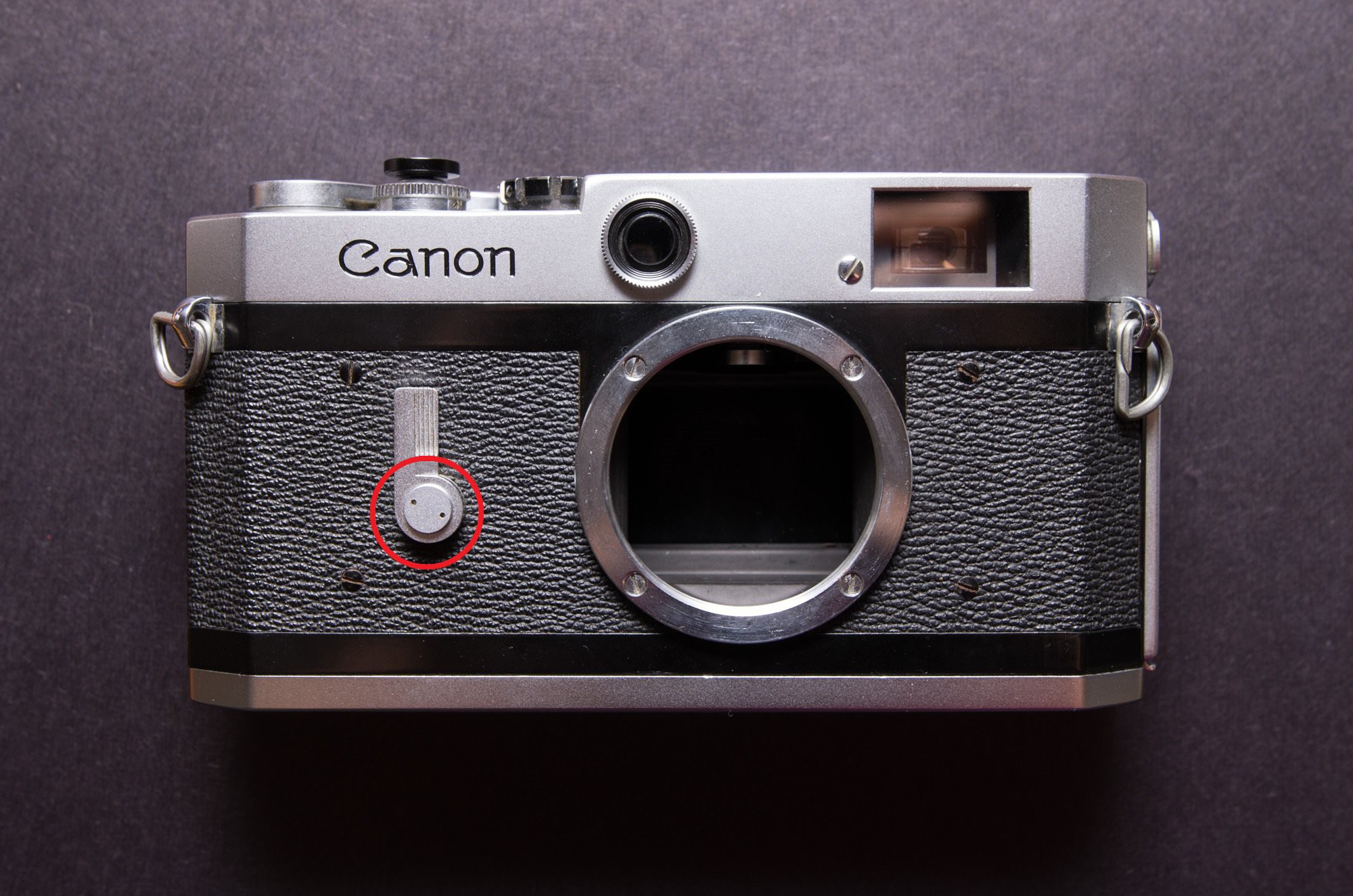
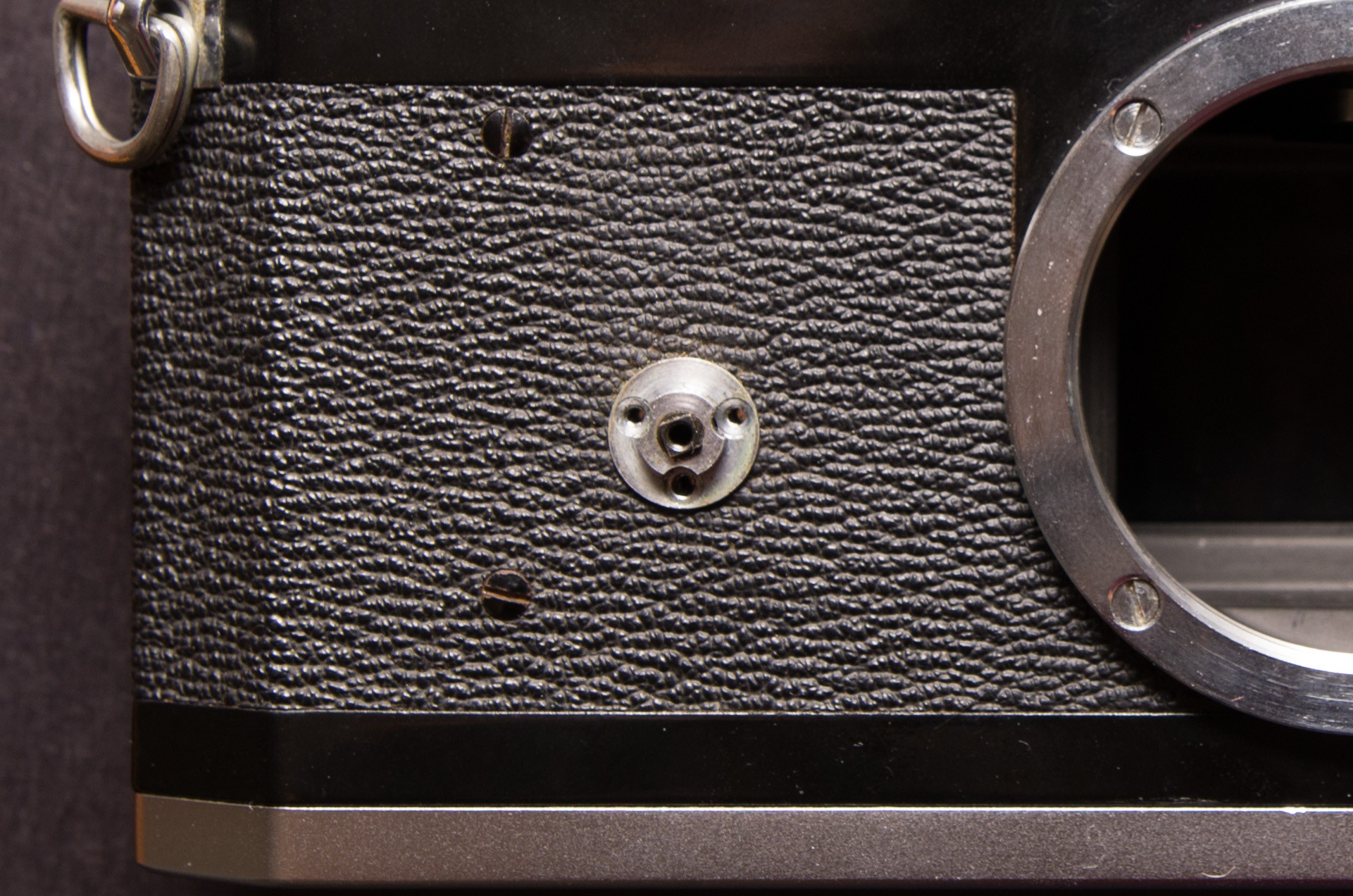

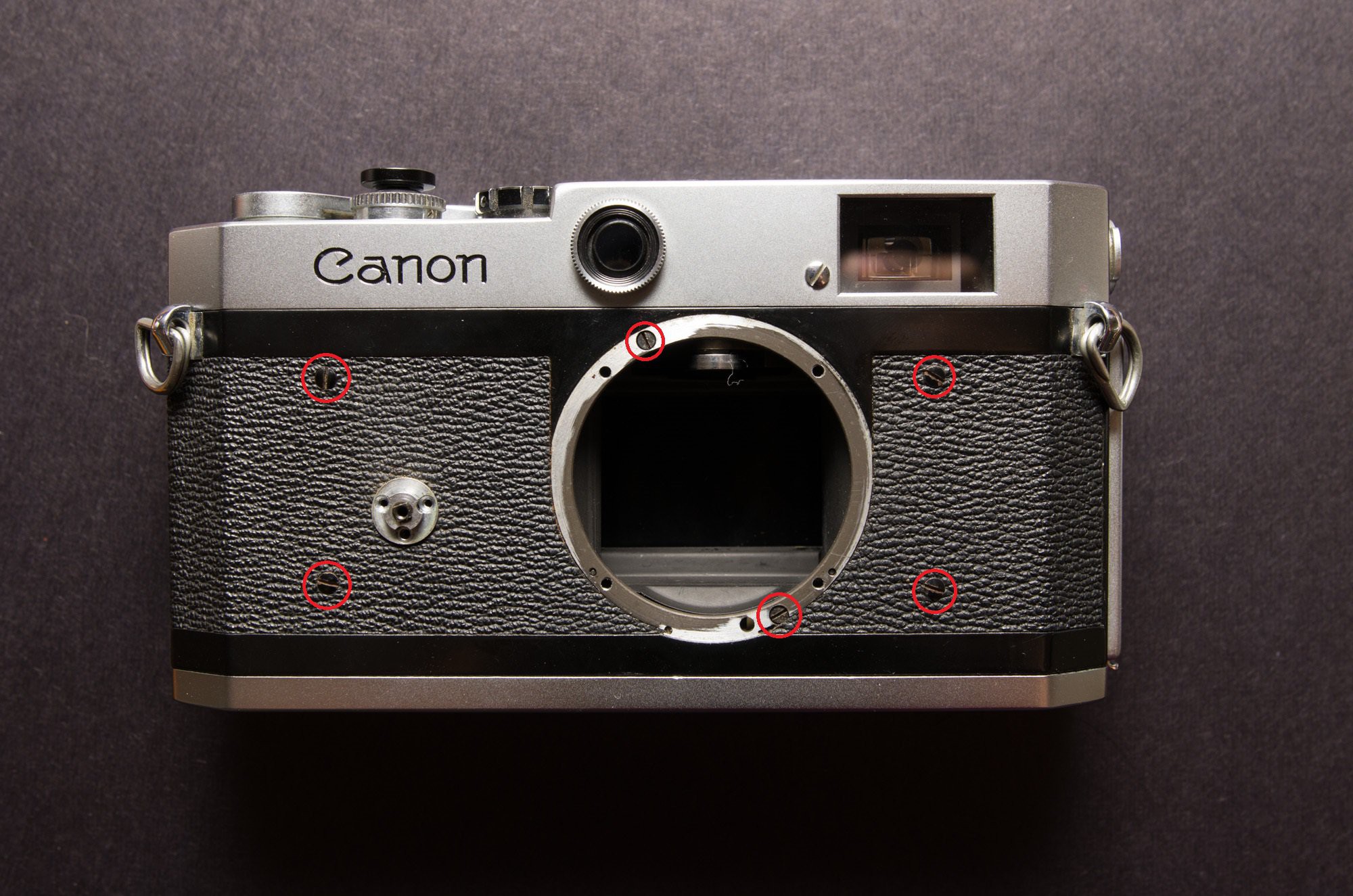
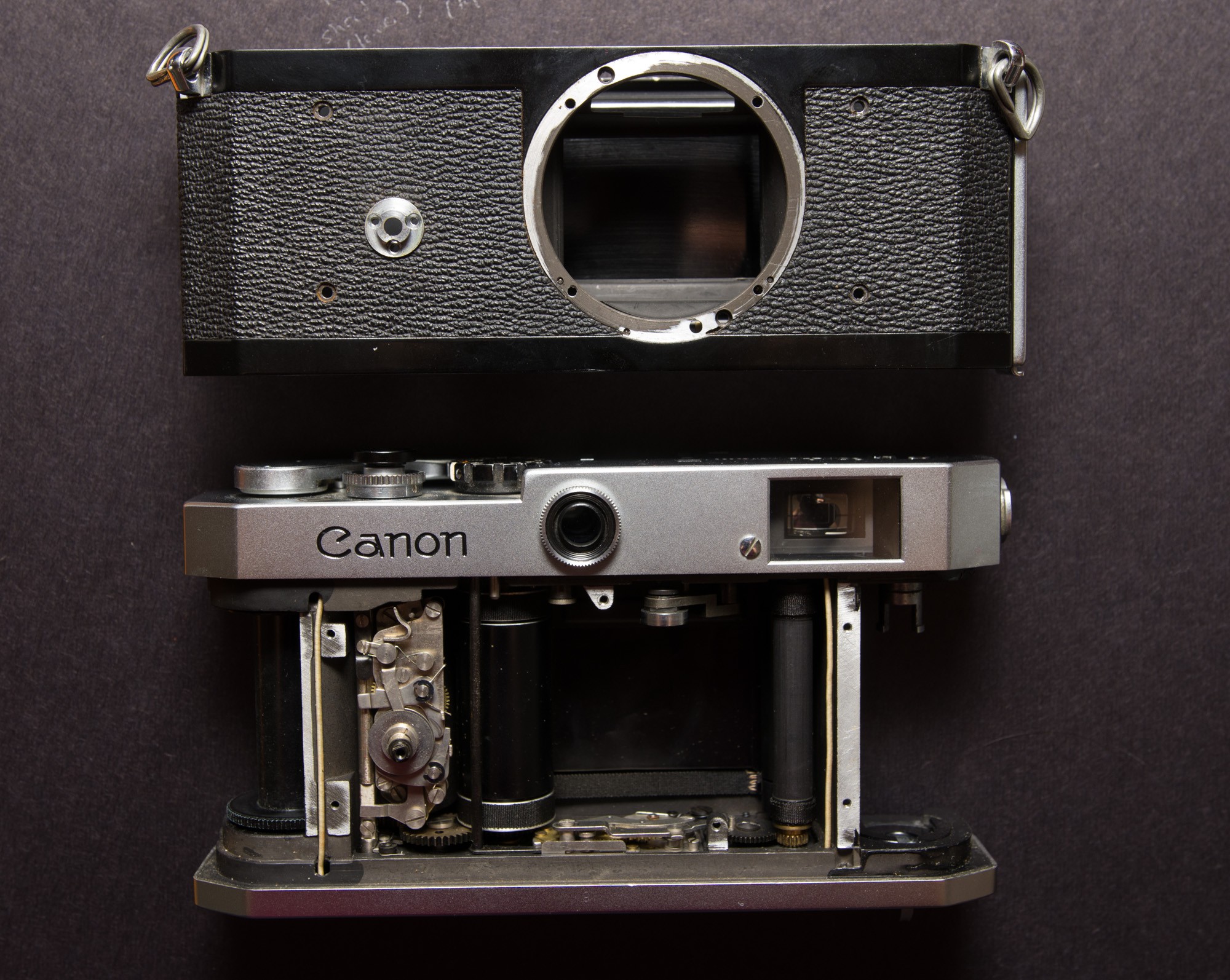
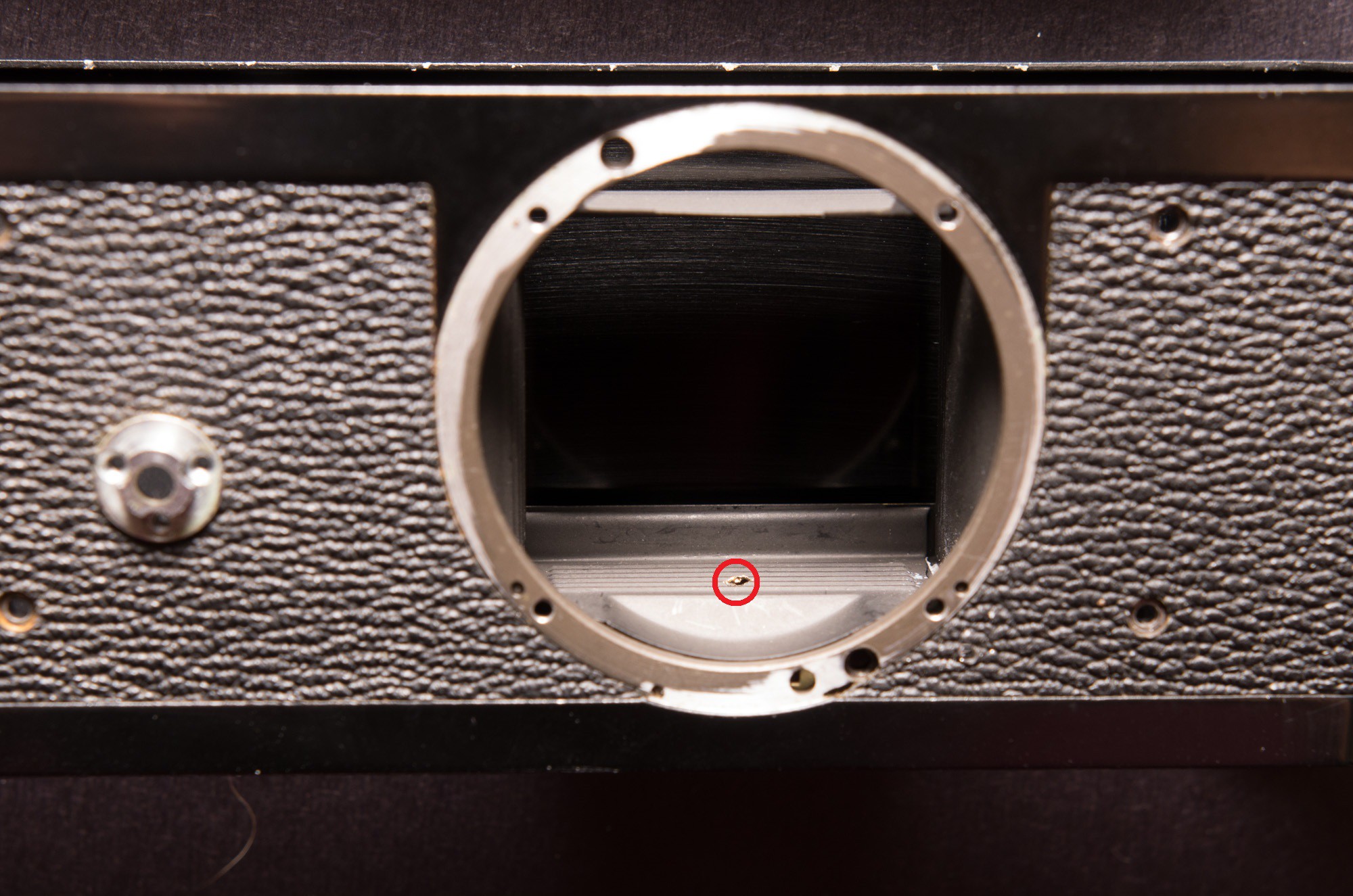
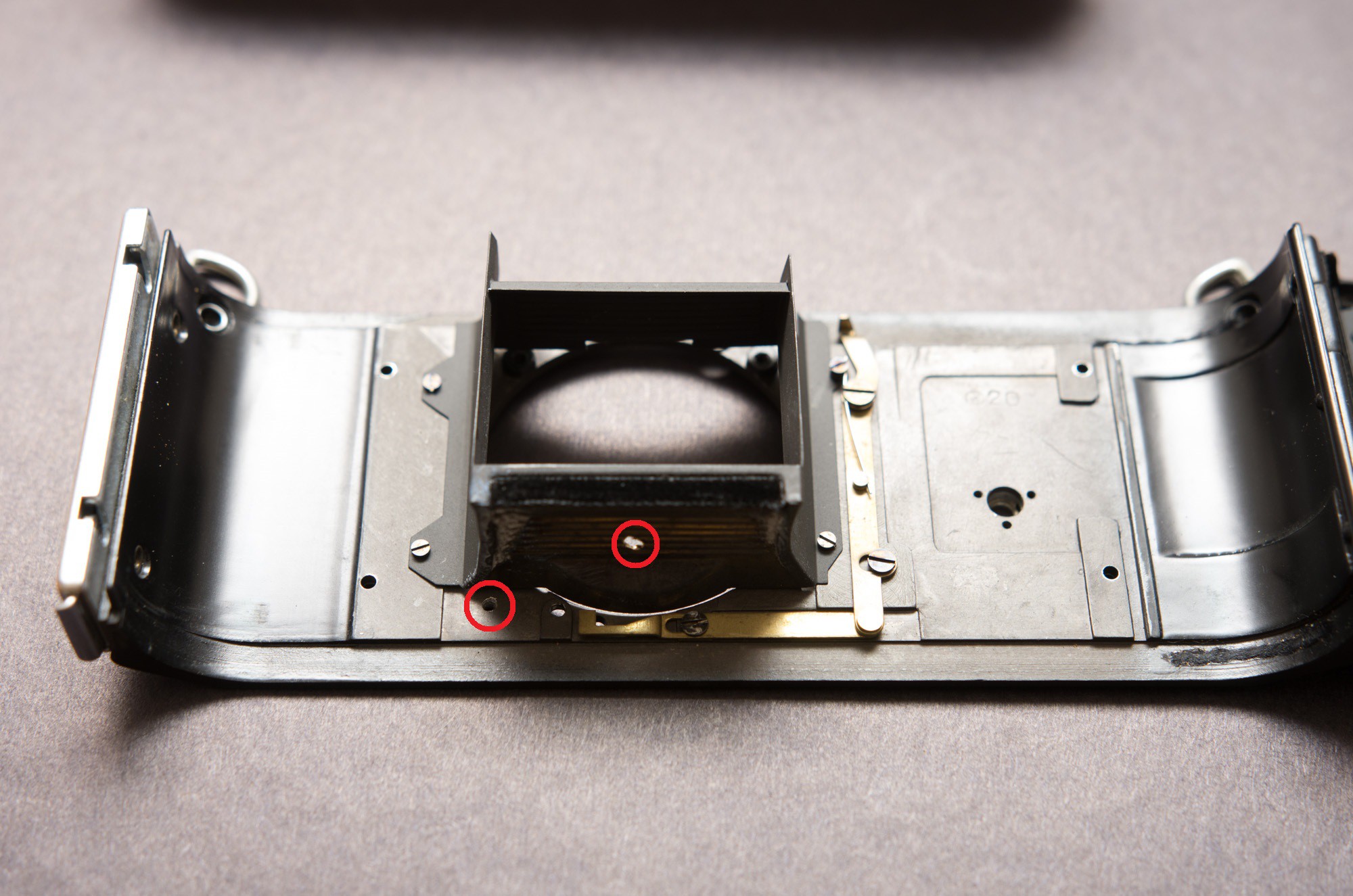
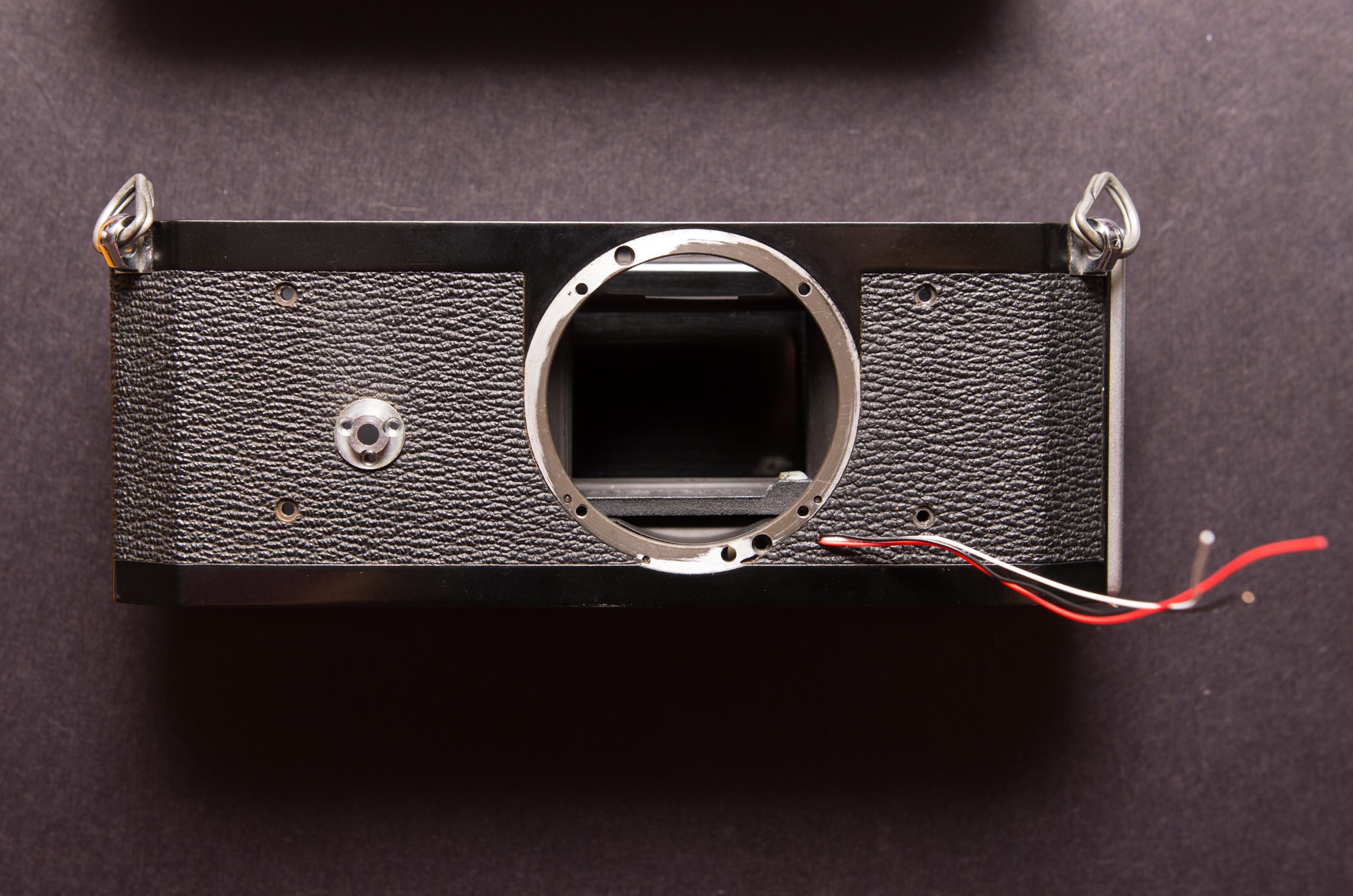
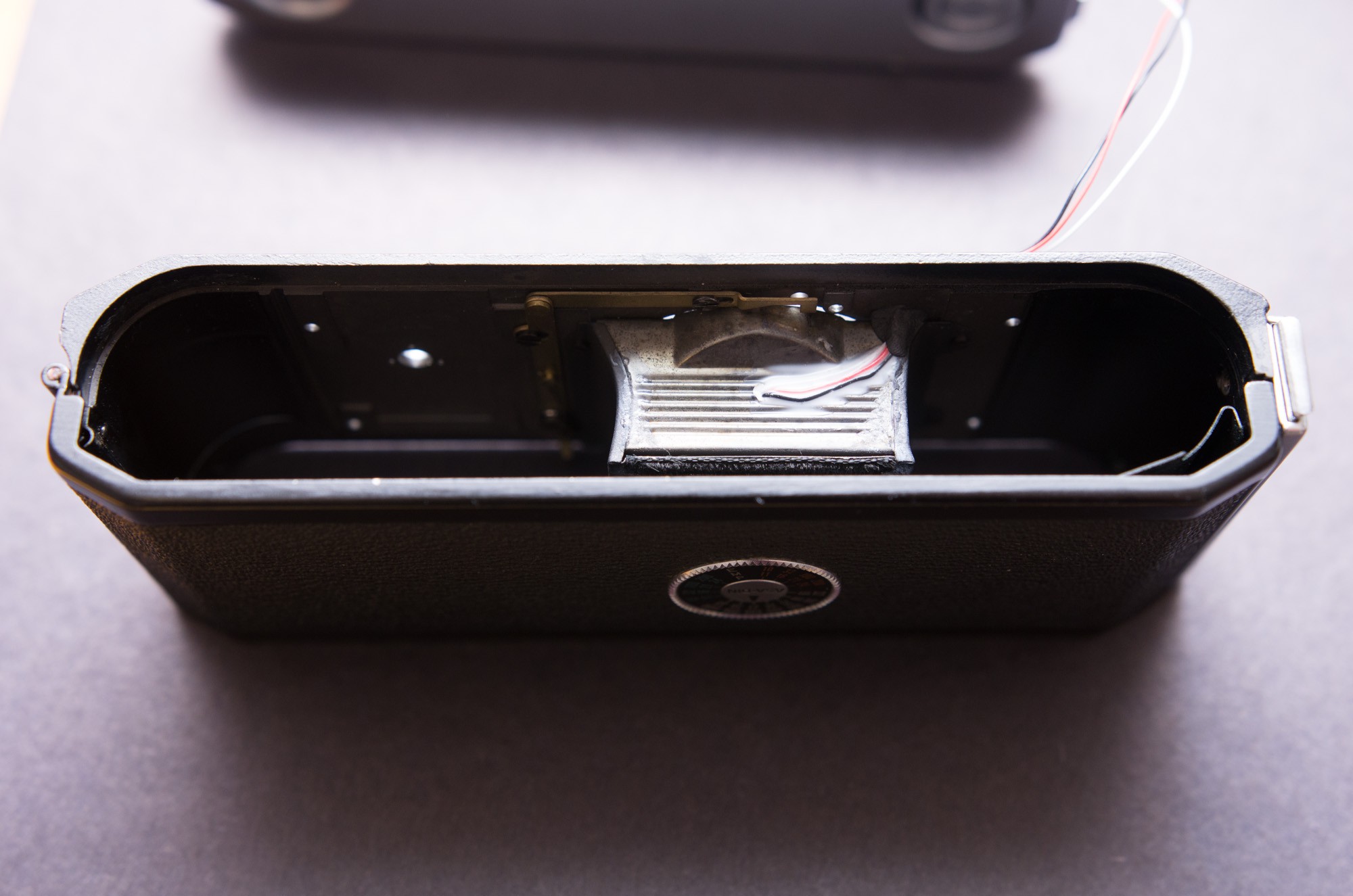
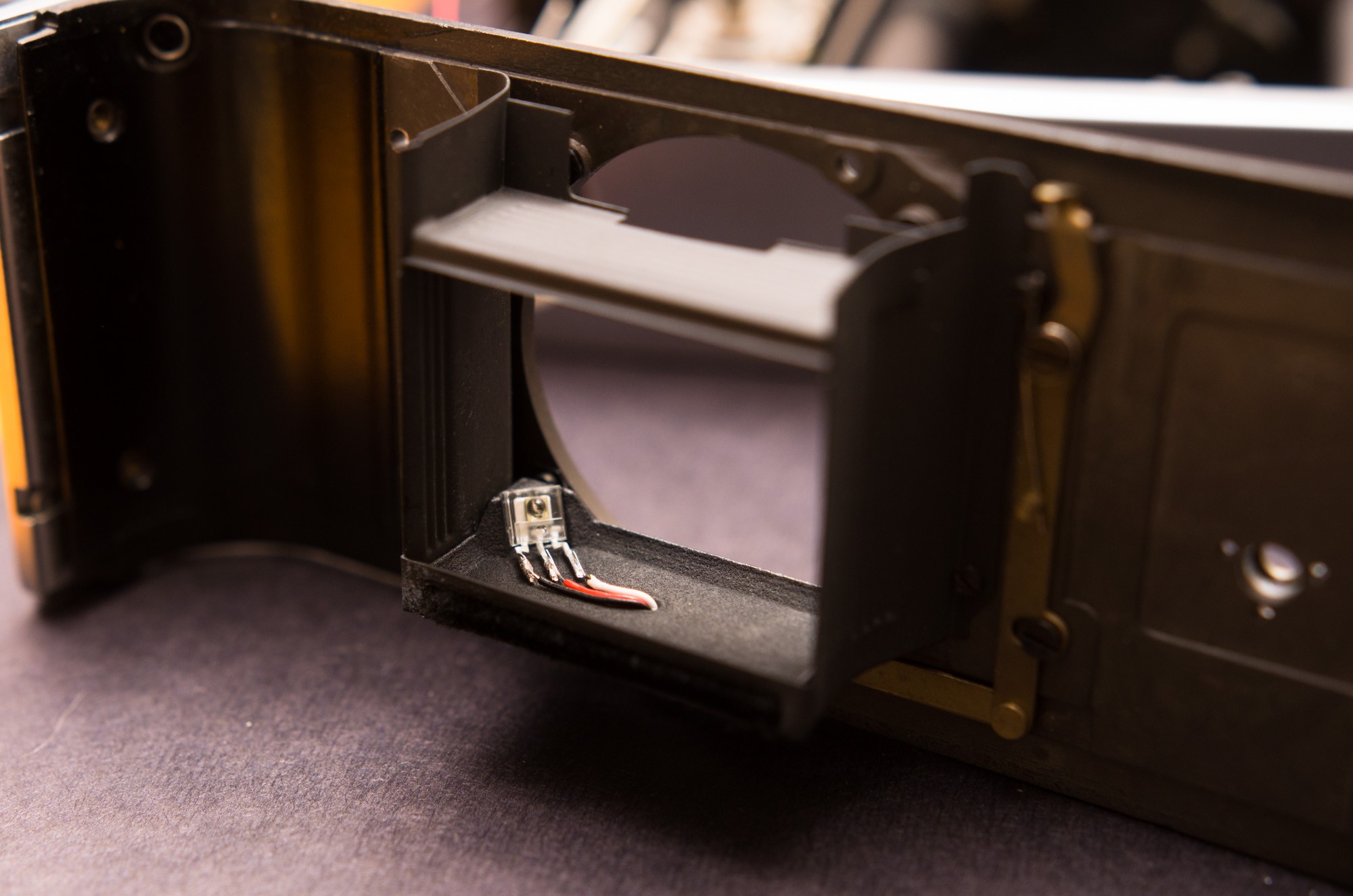
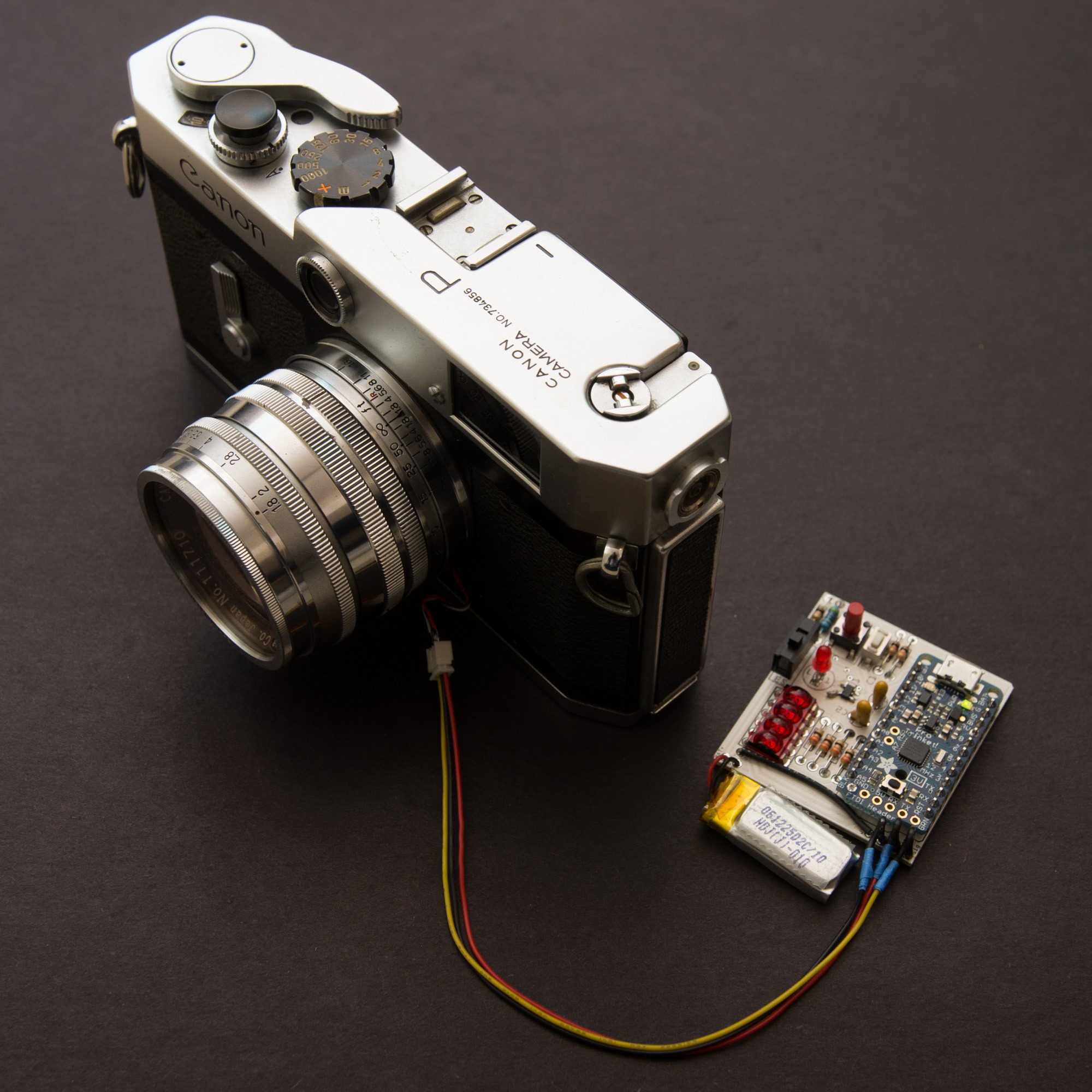
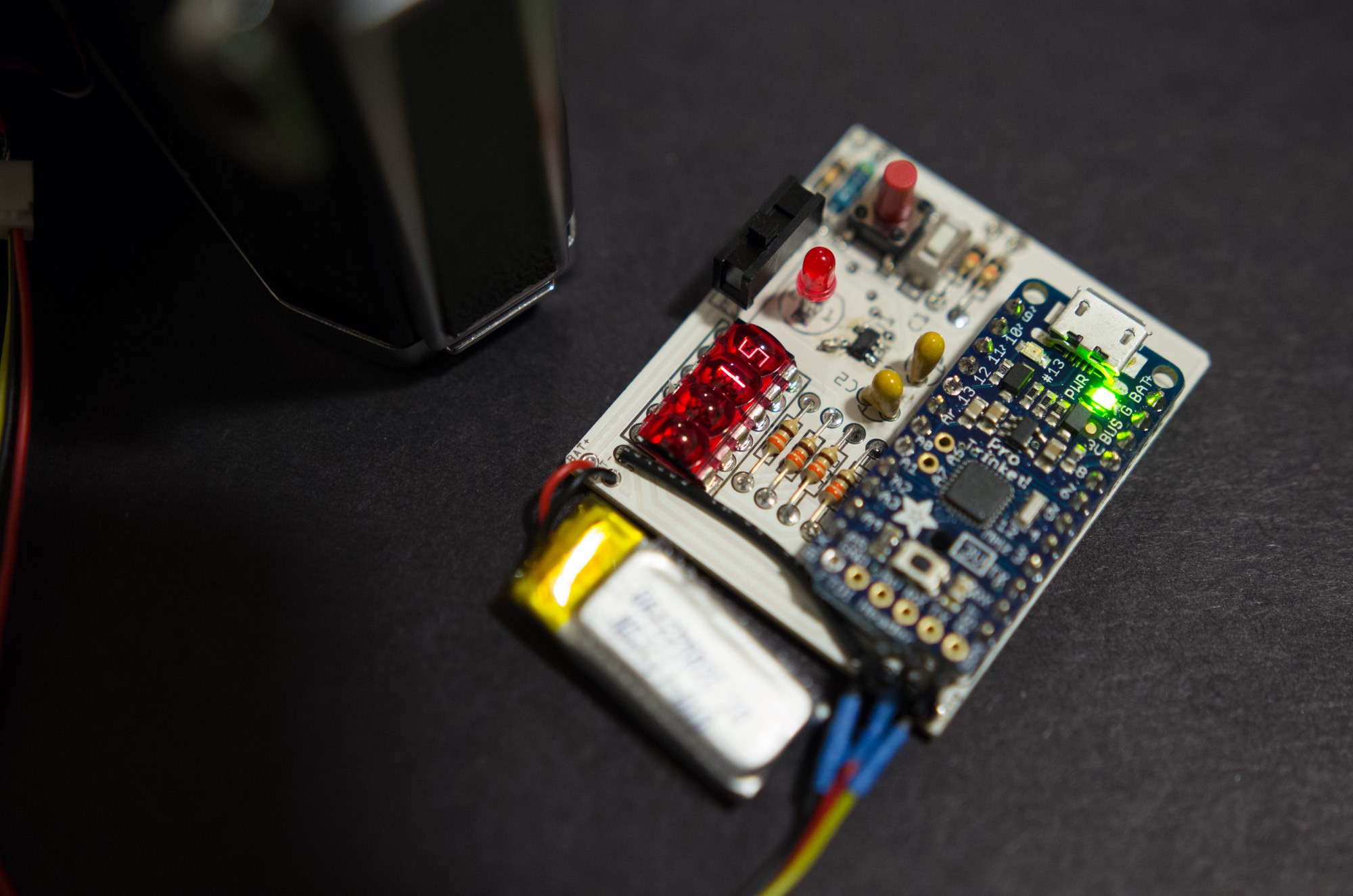
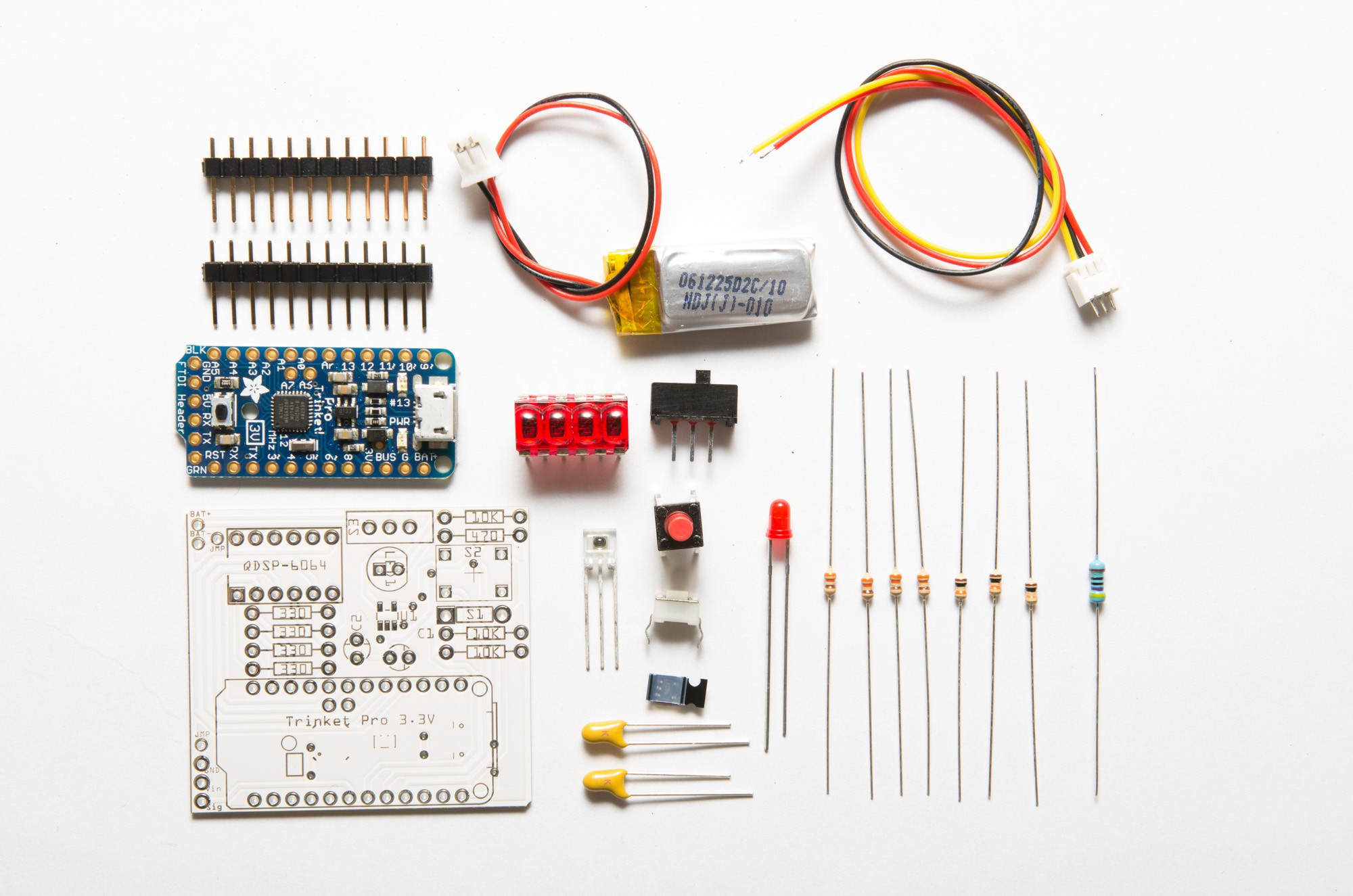
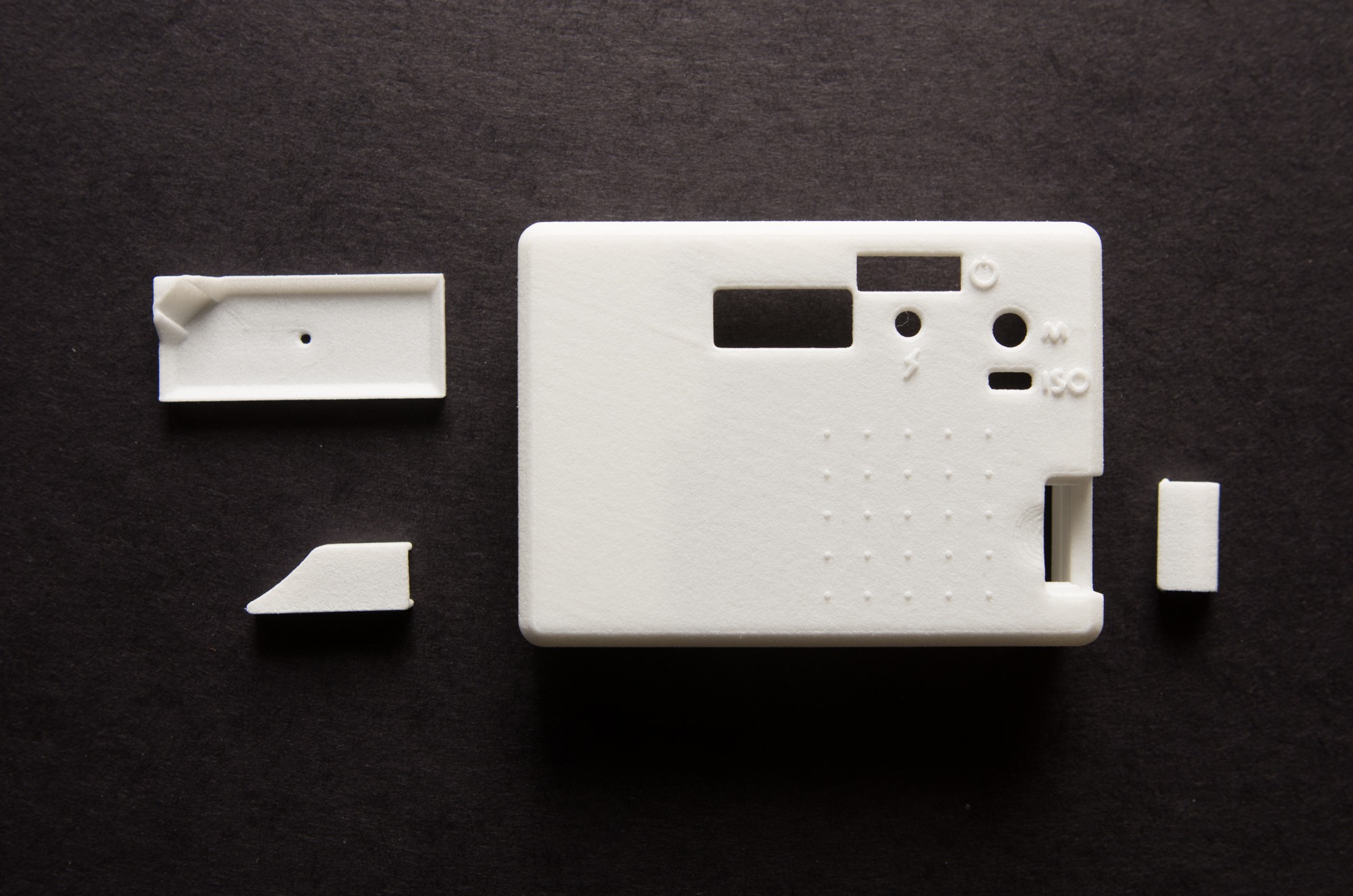
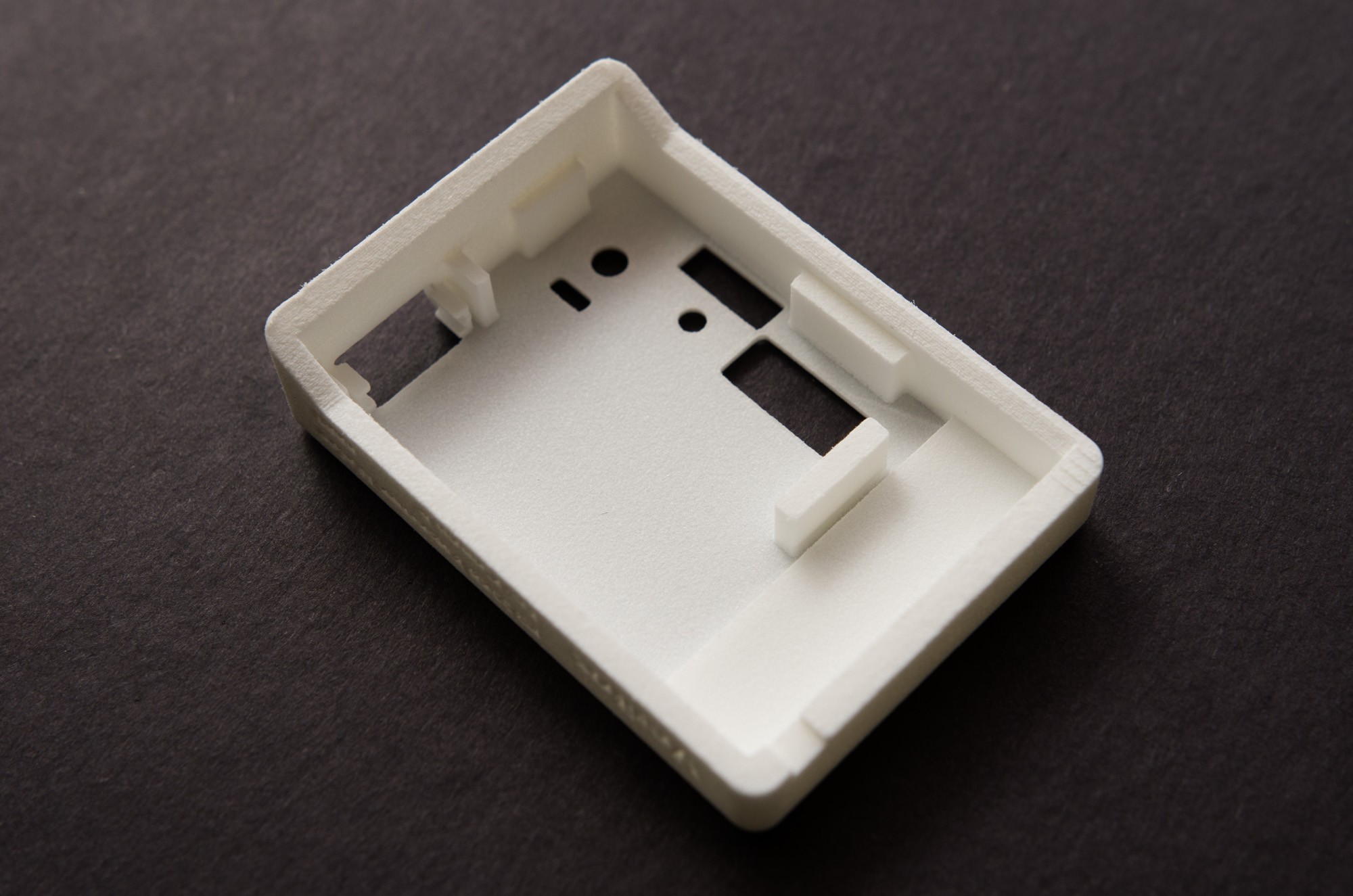
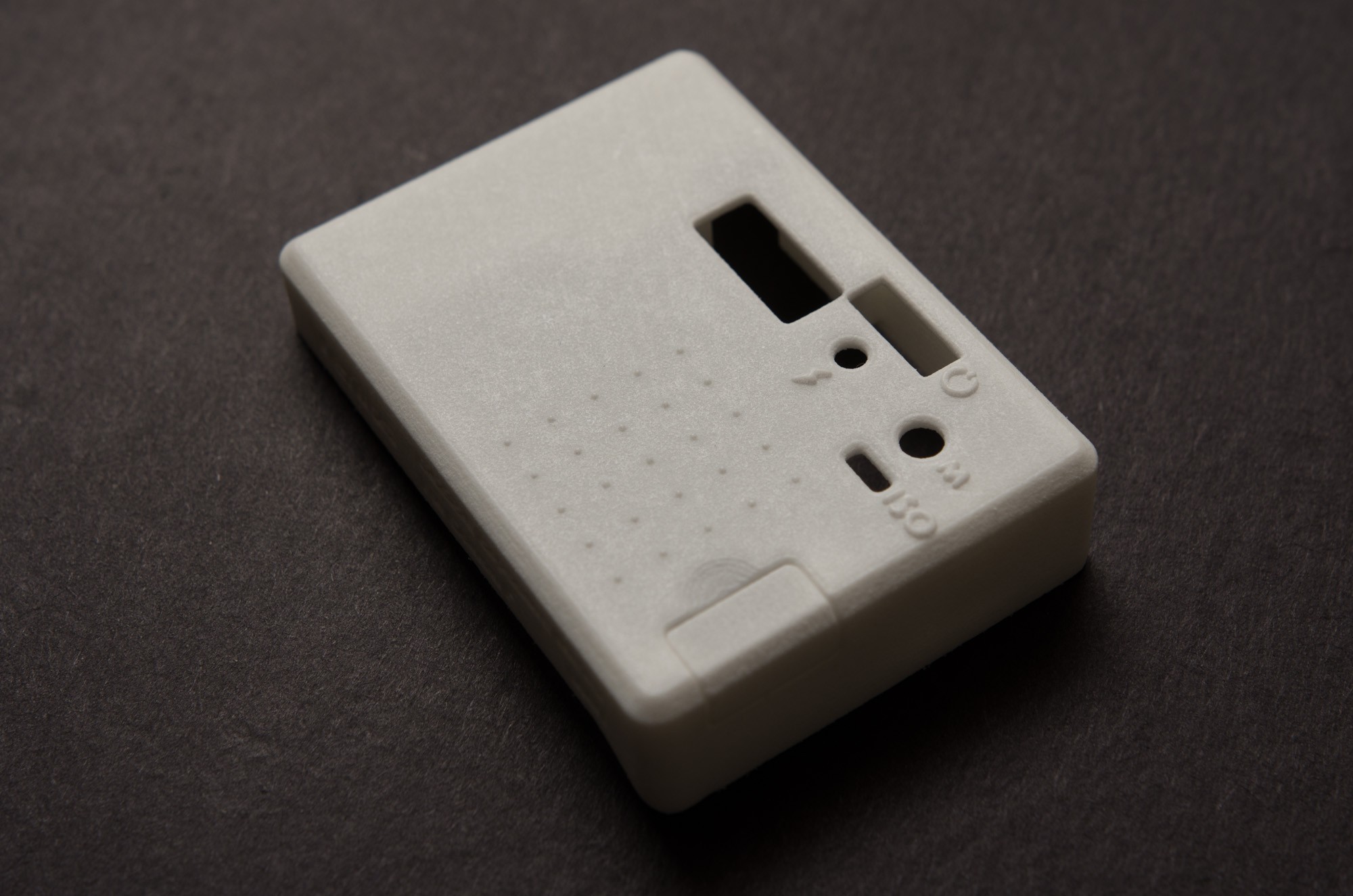
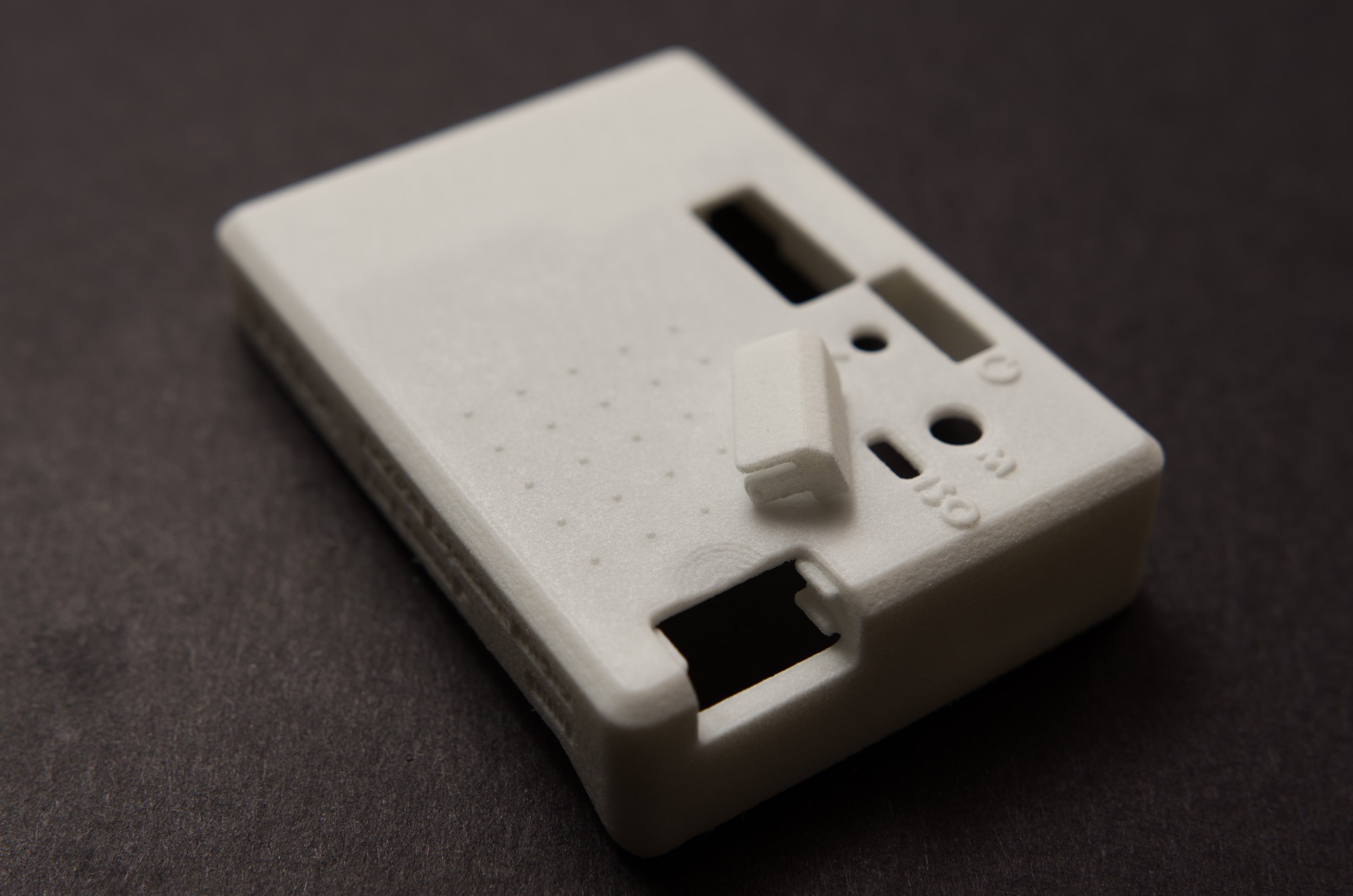
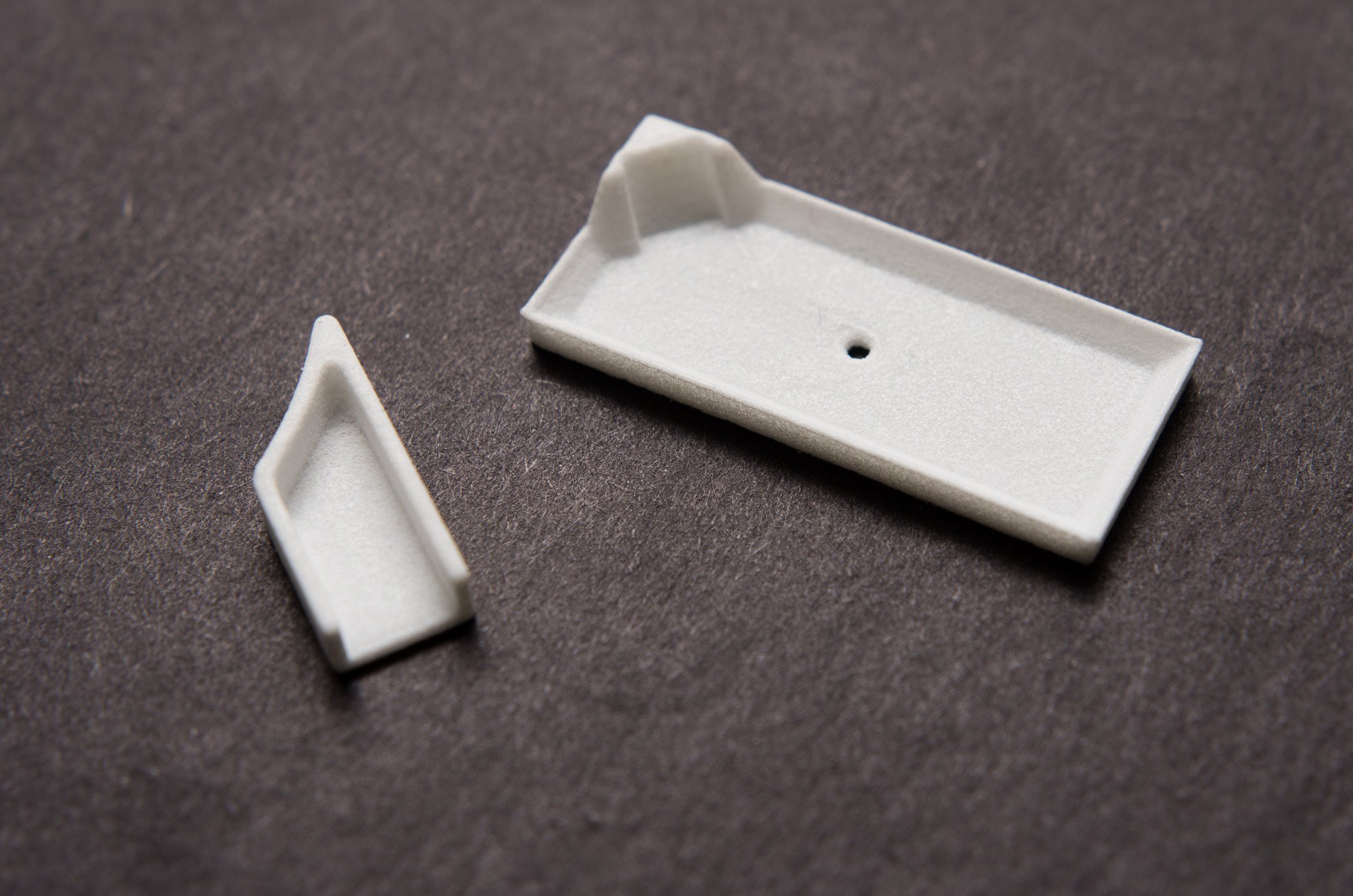
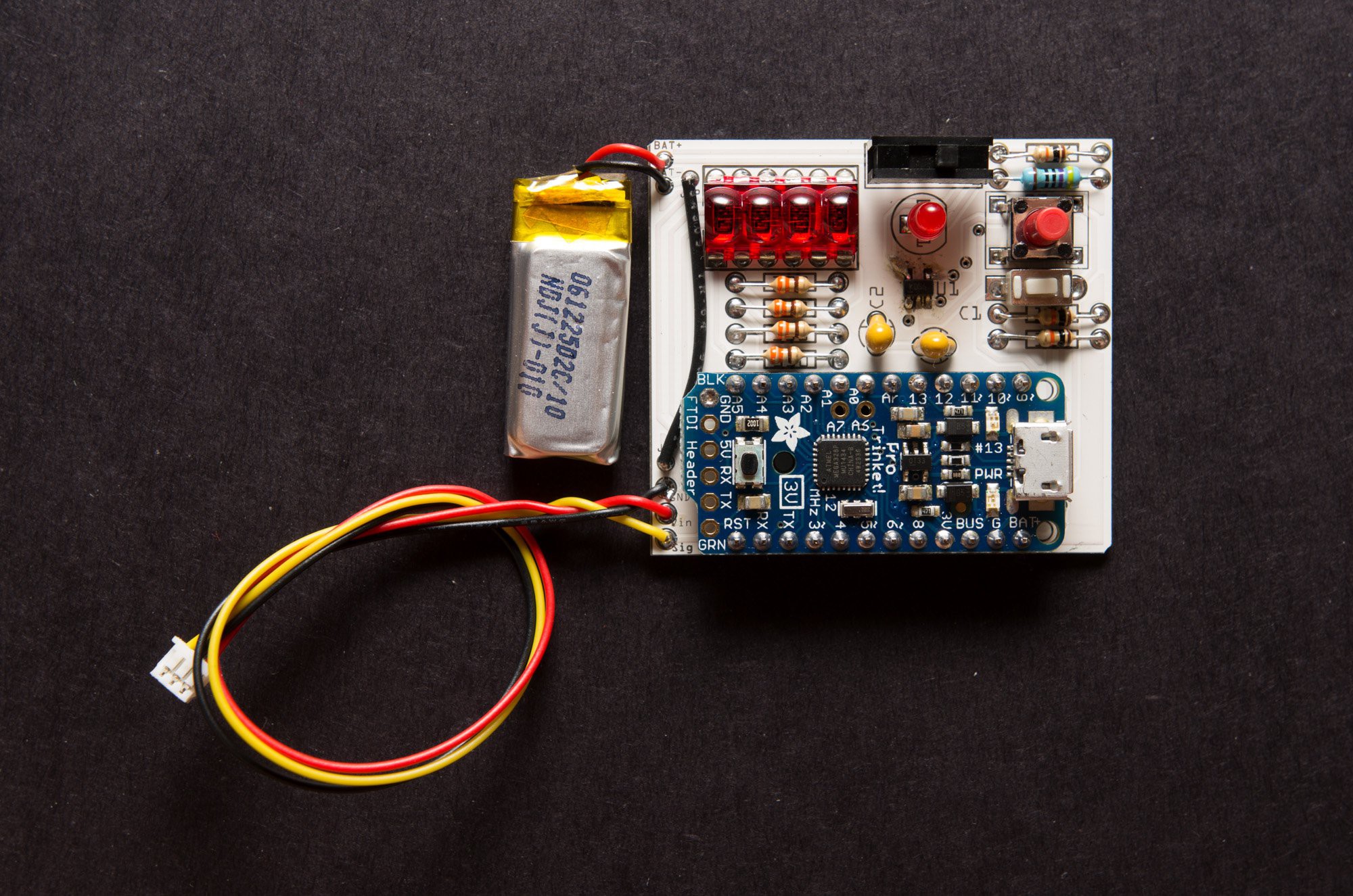
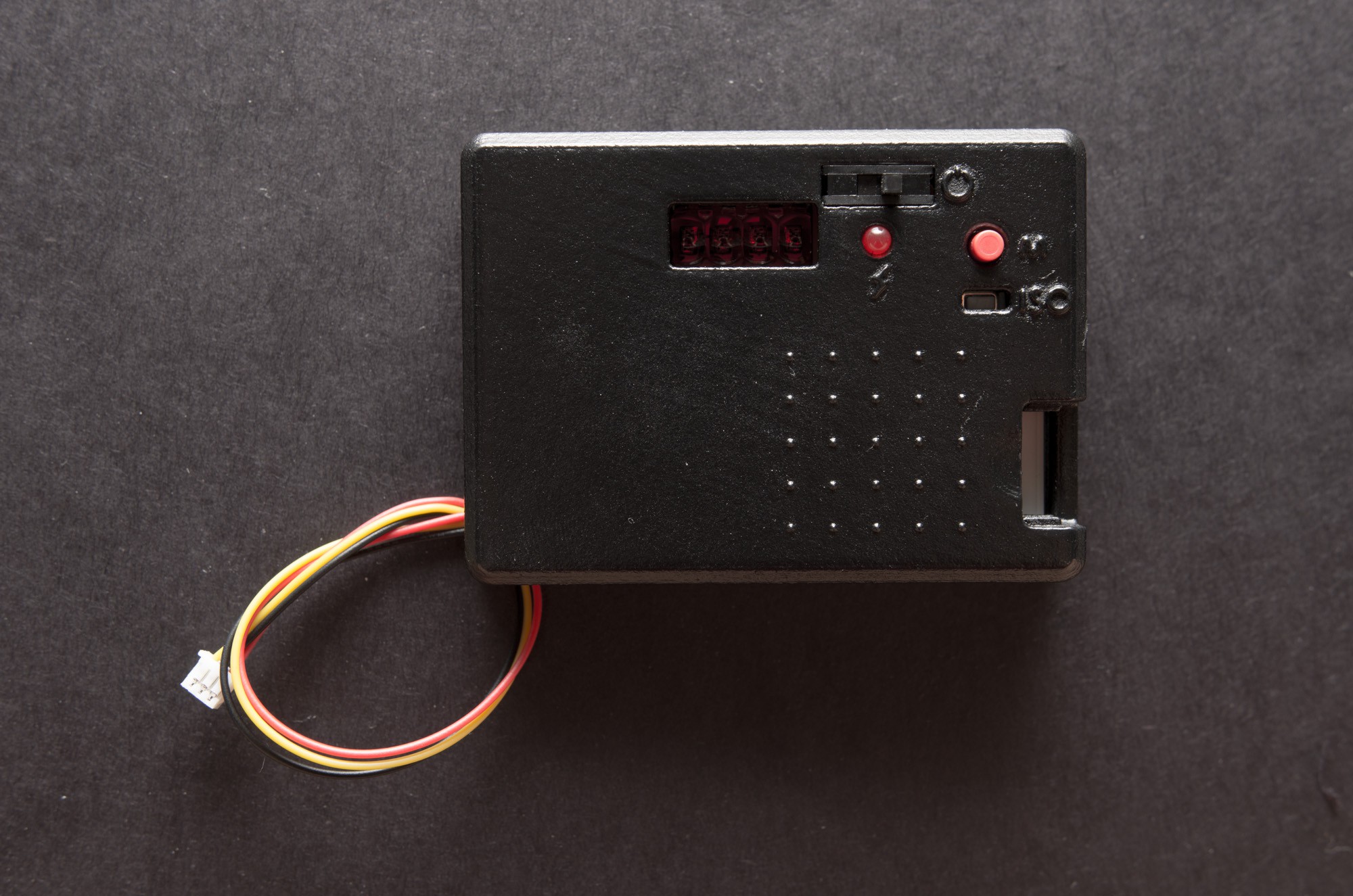
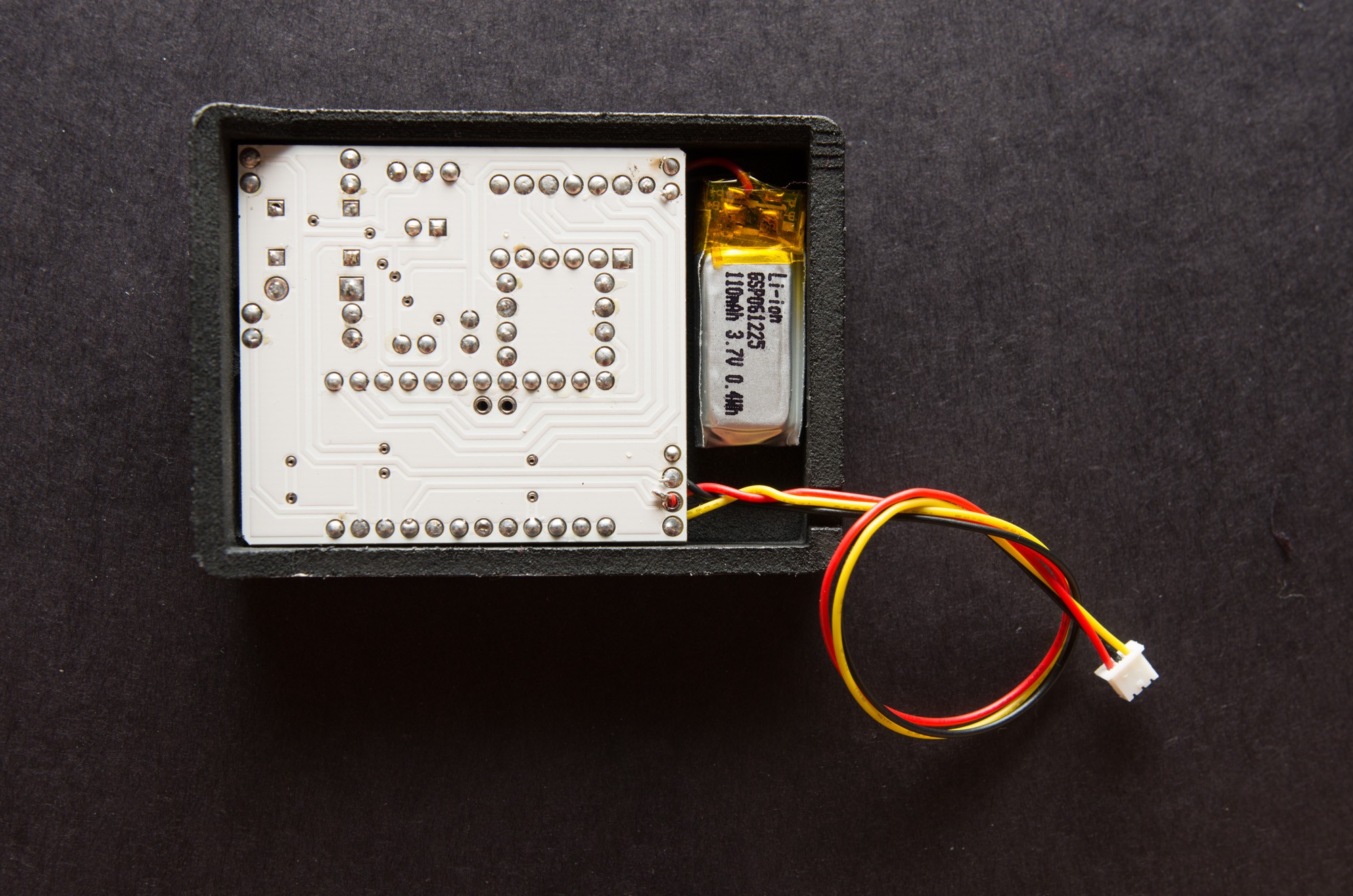
 Things are coming along smoothly! Hope to update again tomorrow.
Things are coming along smoothly! Hope to update again tomorrow.